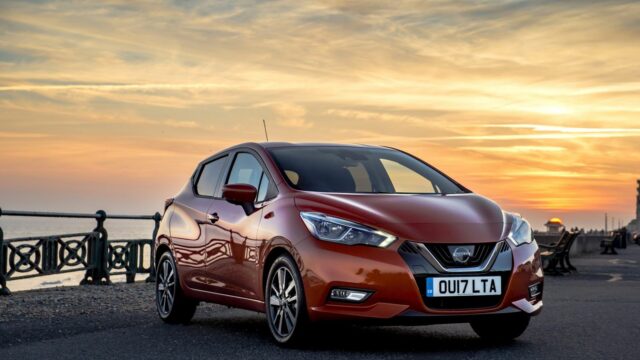The downsizing is strong with this one
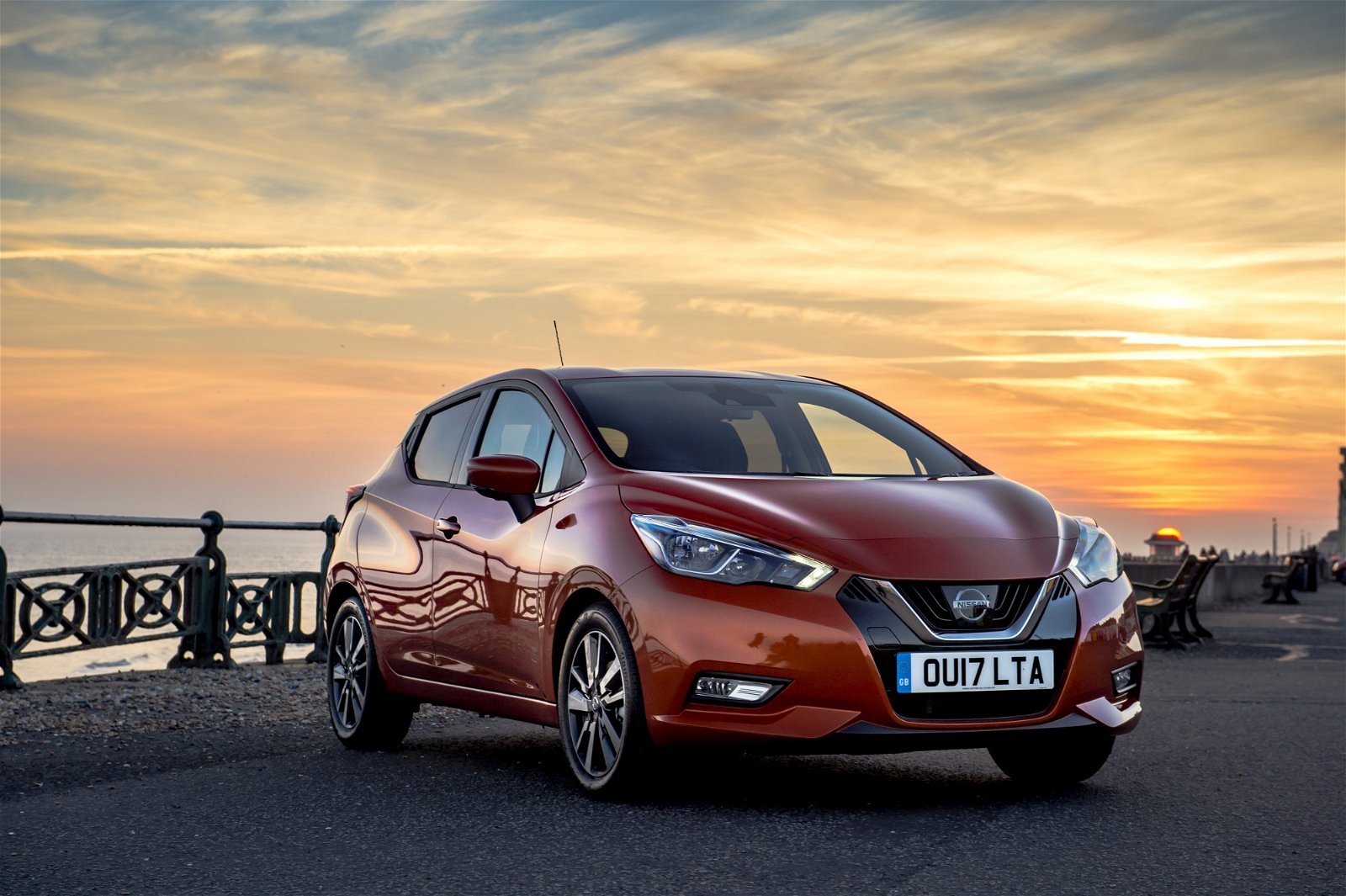
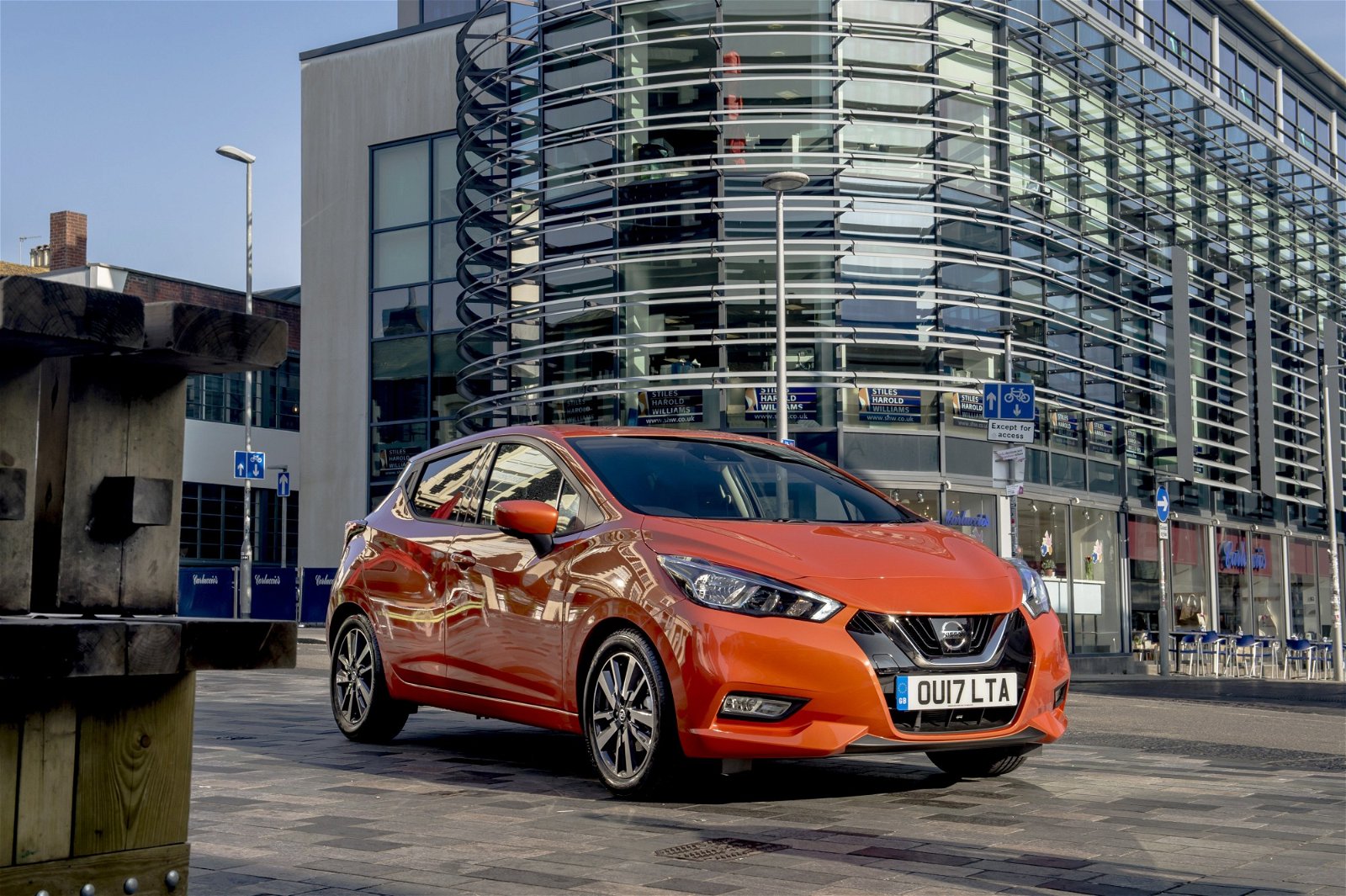
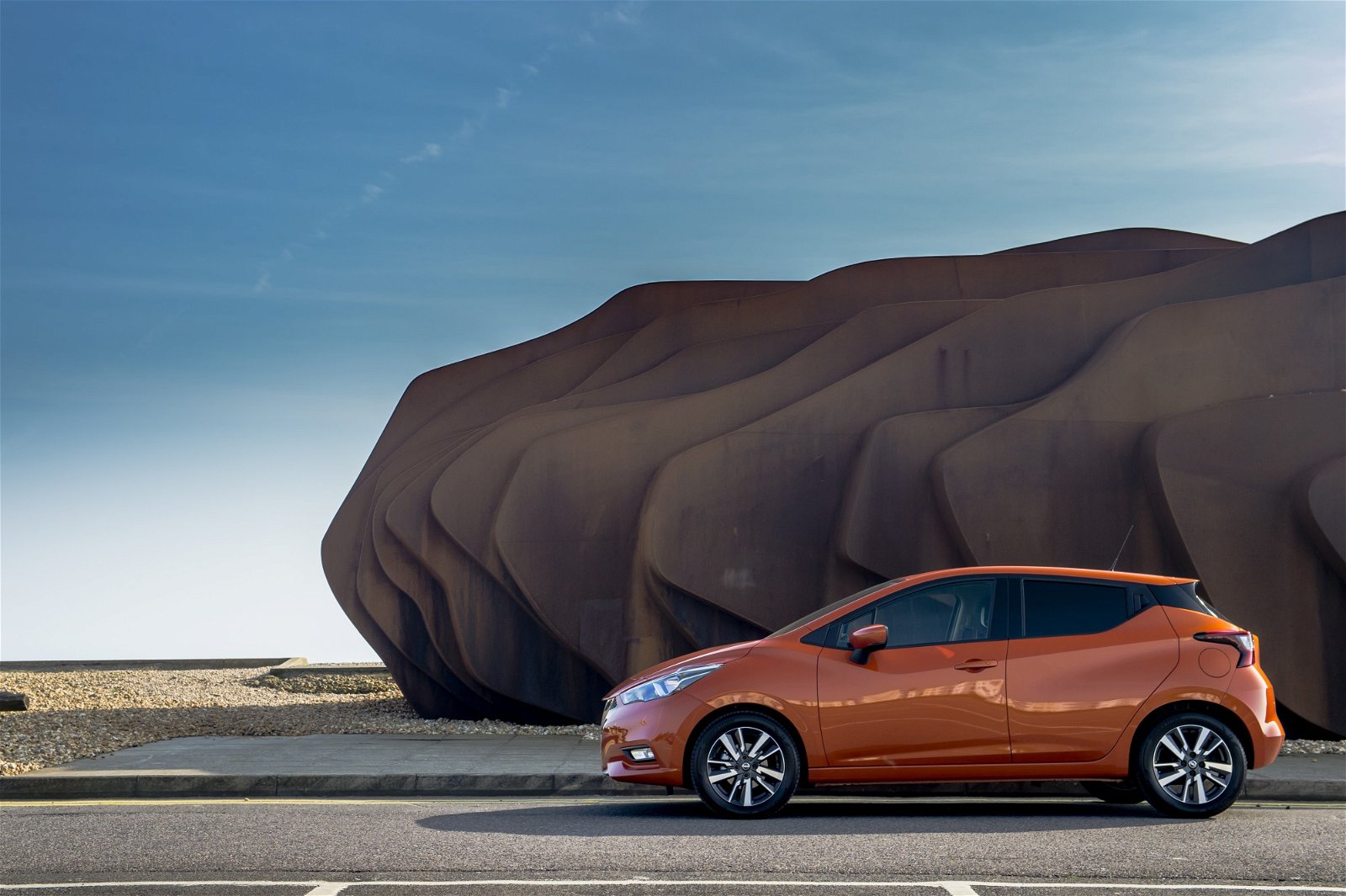
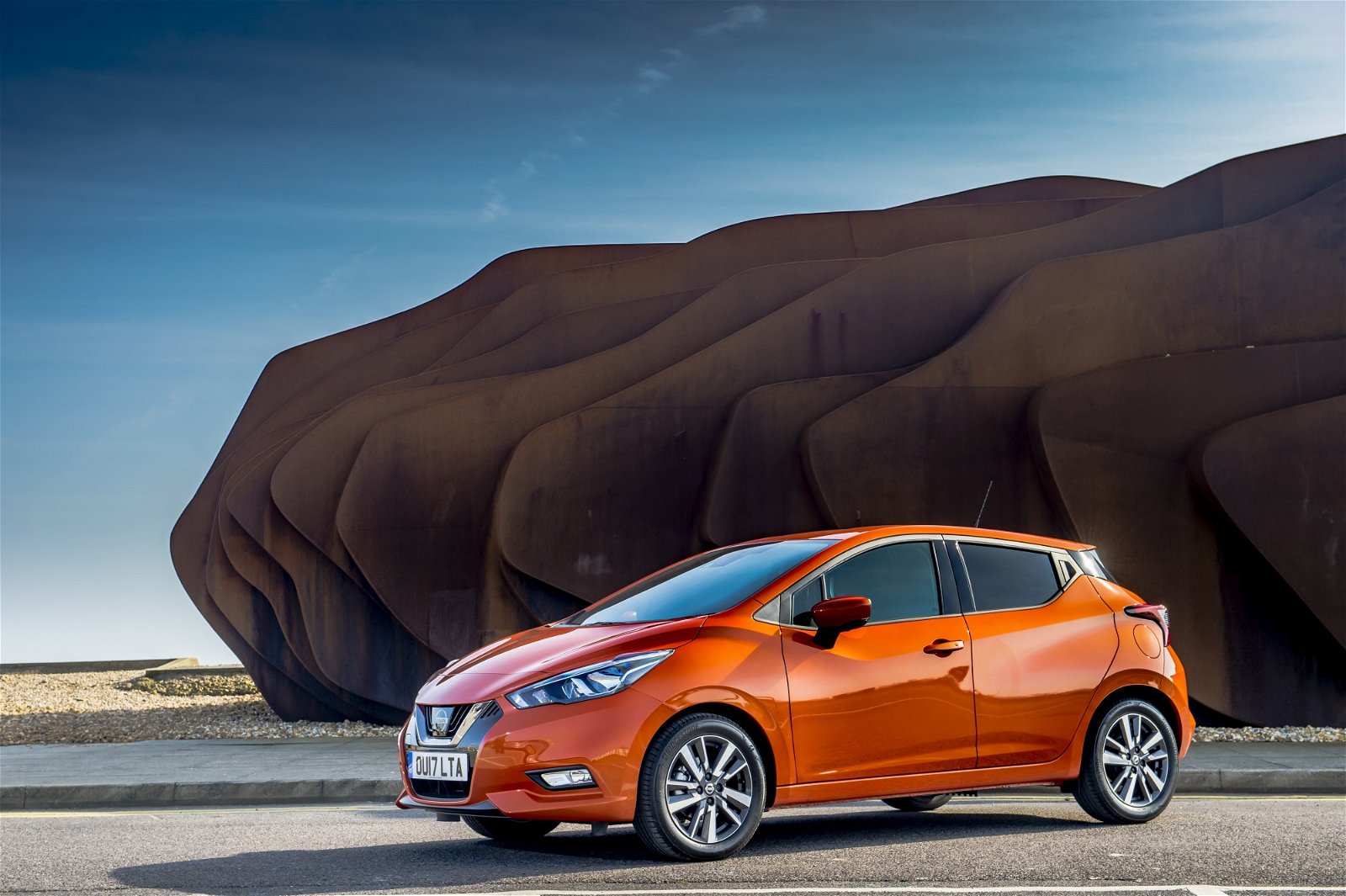

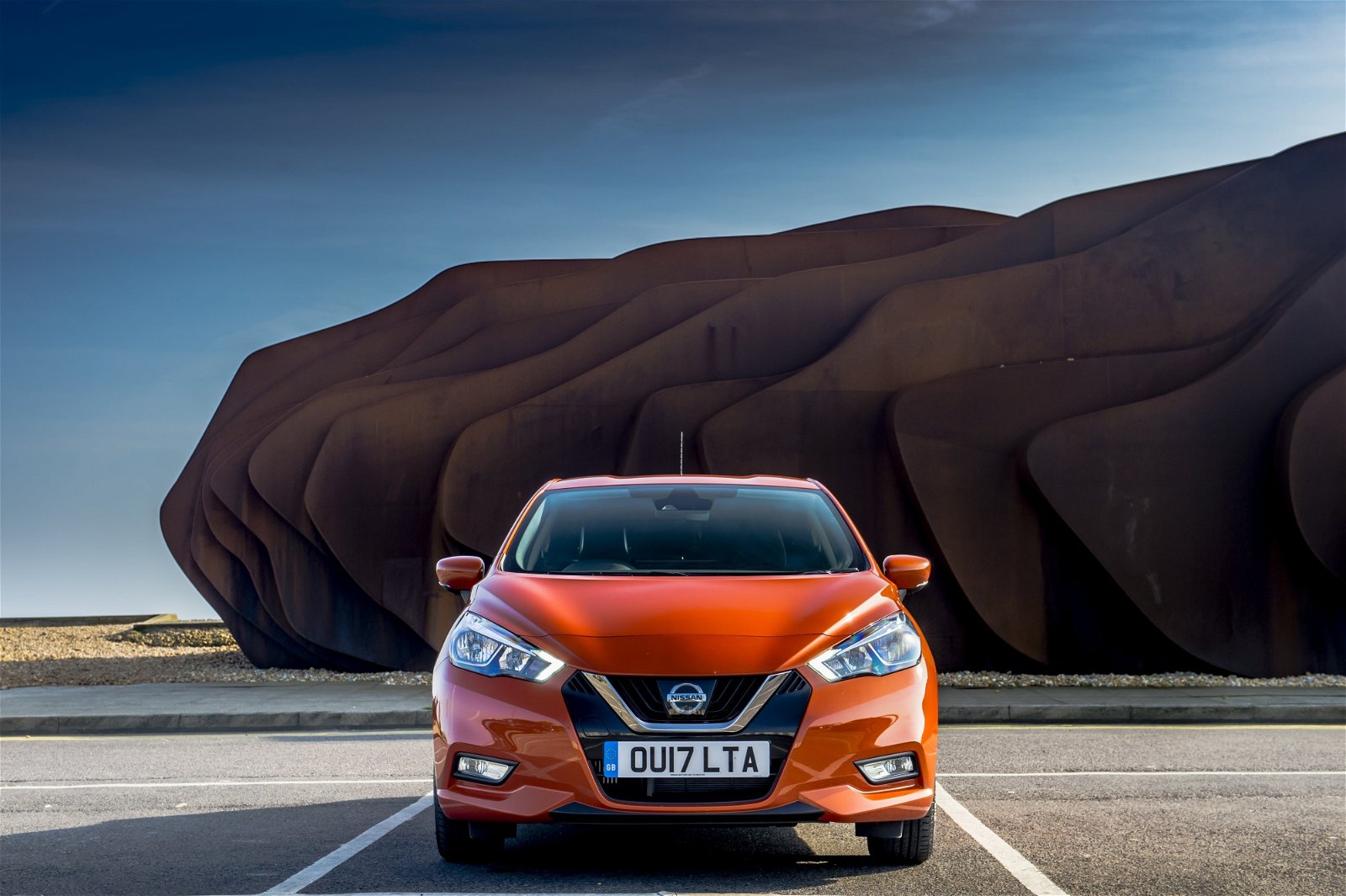
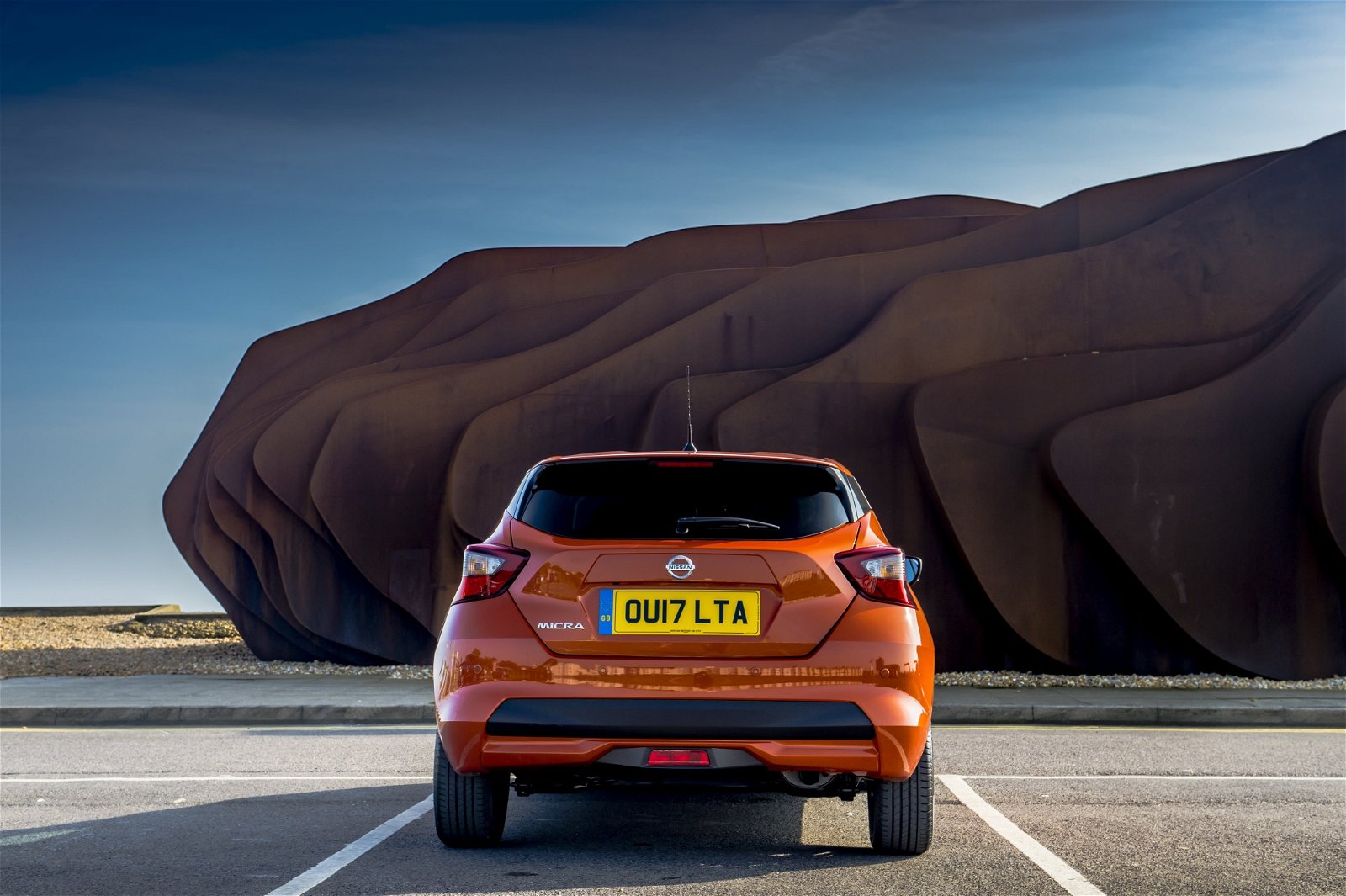
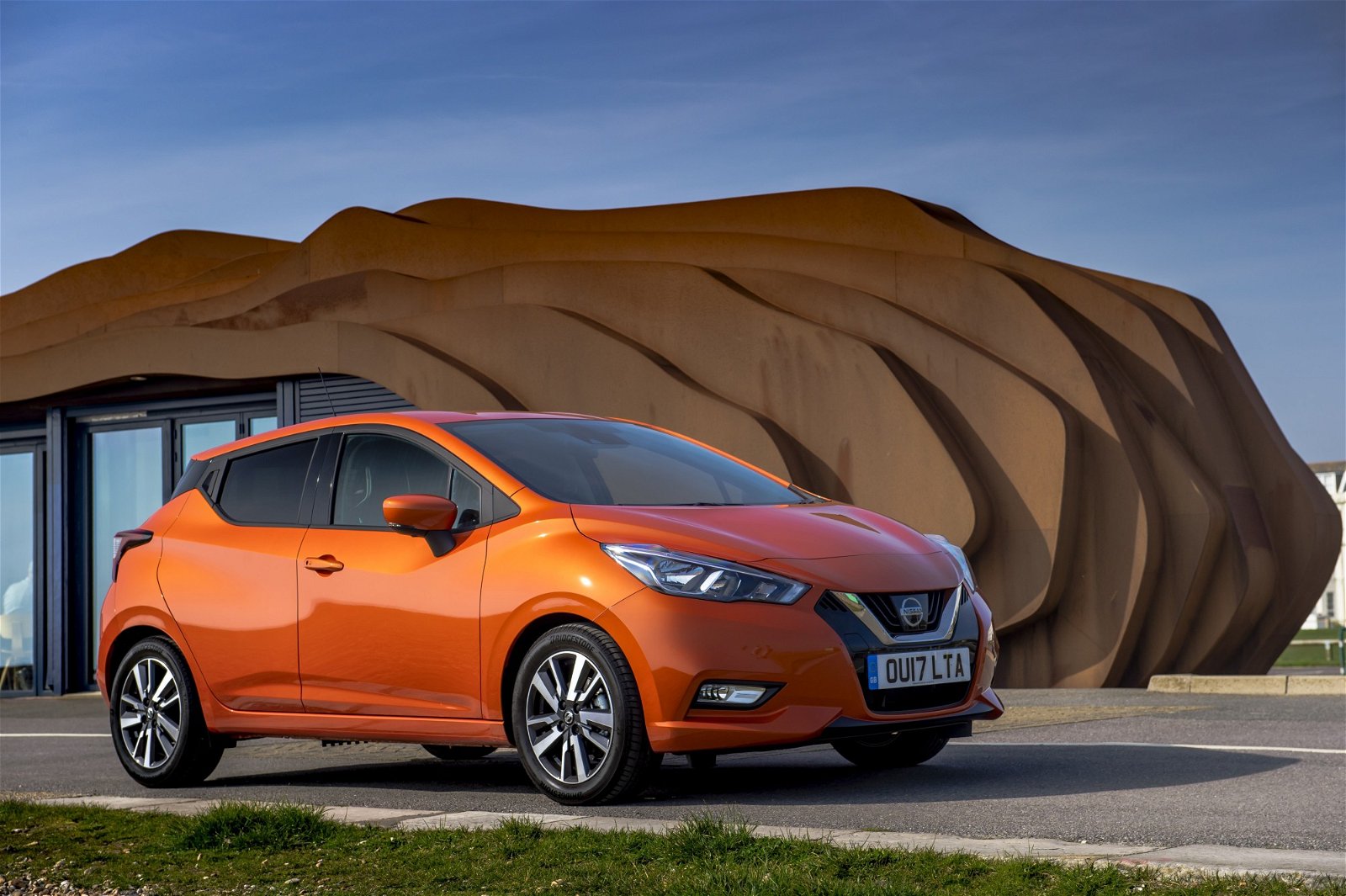
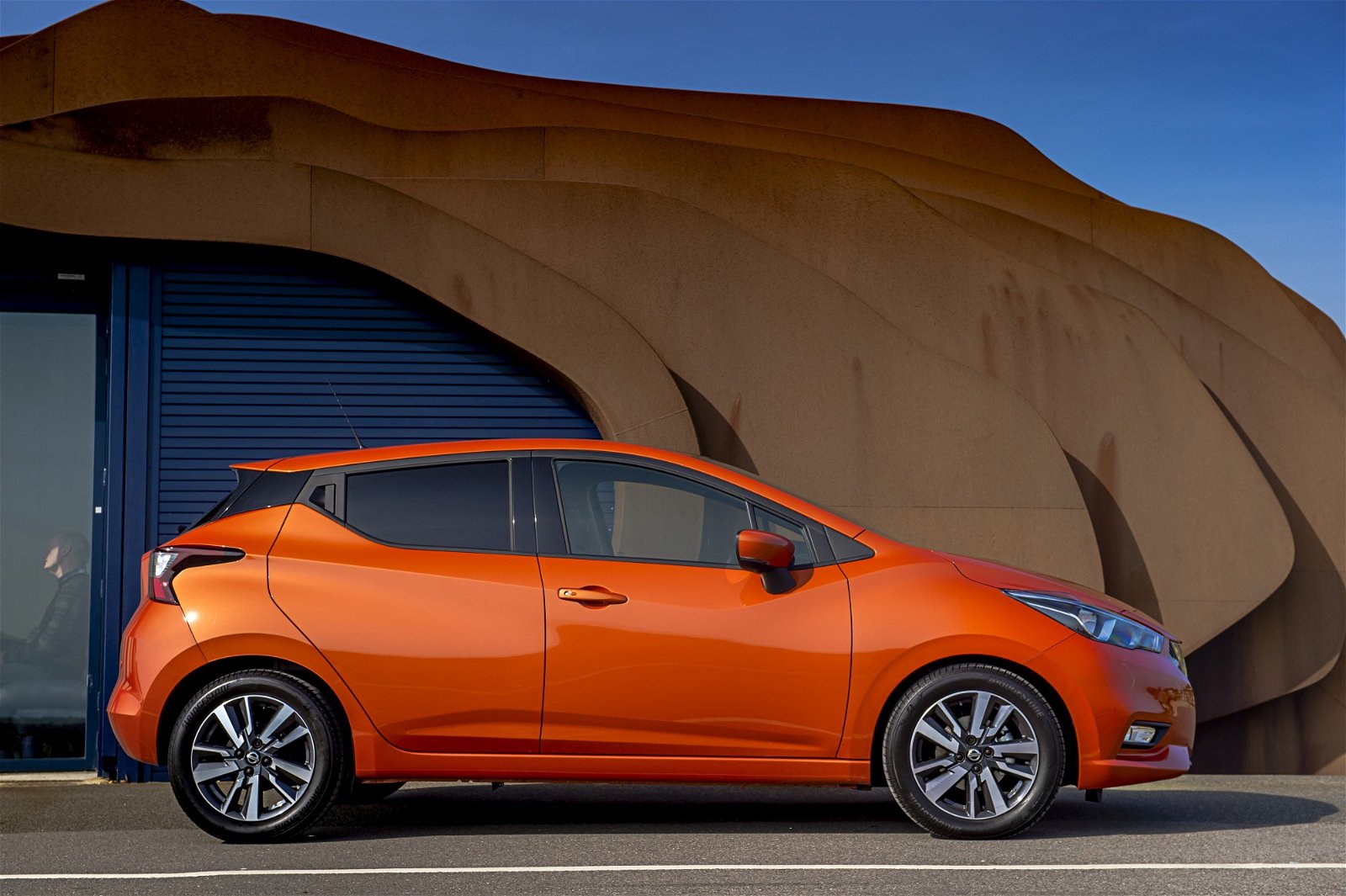

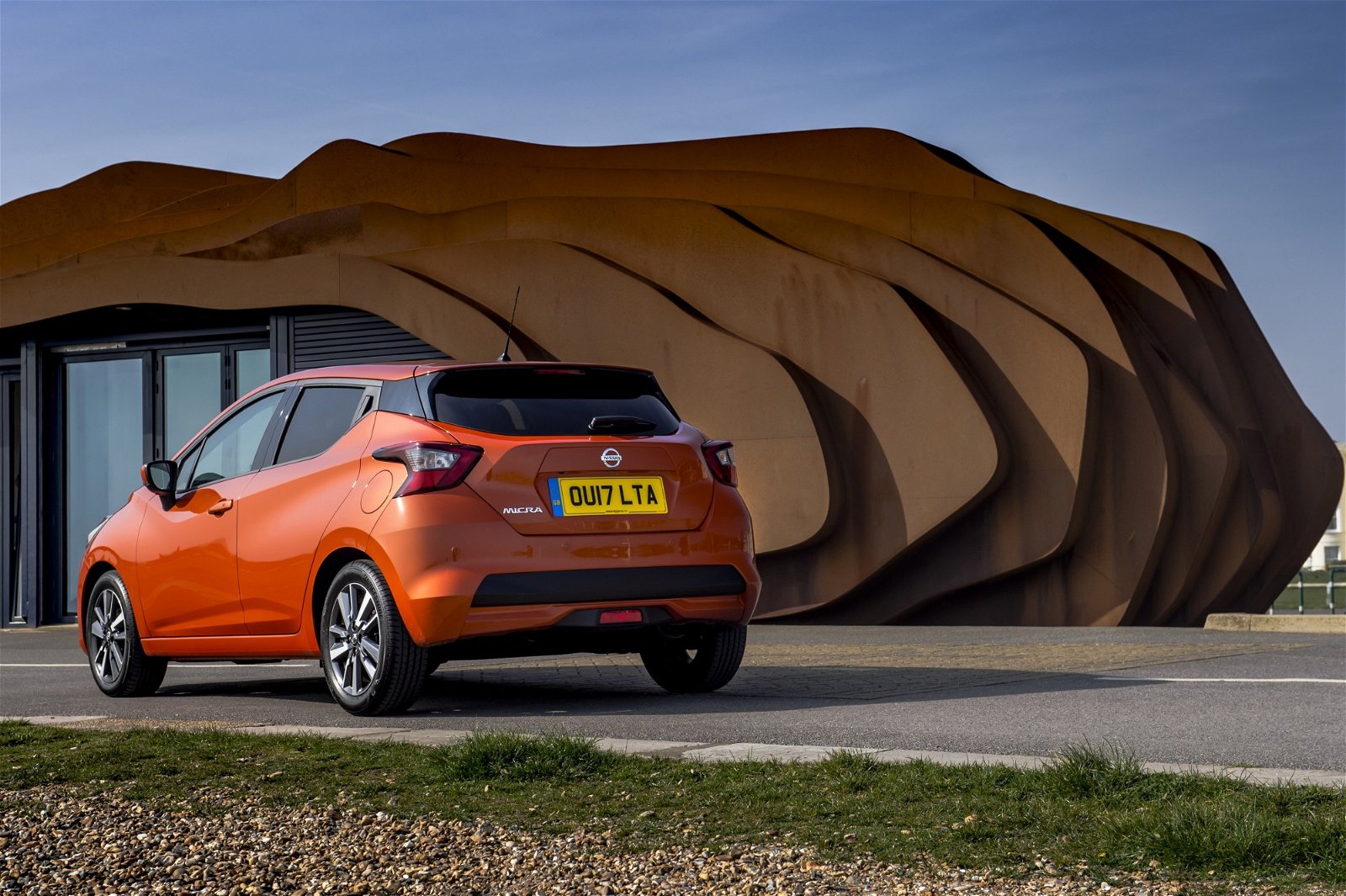

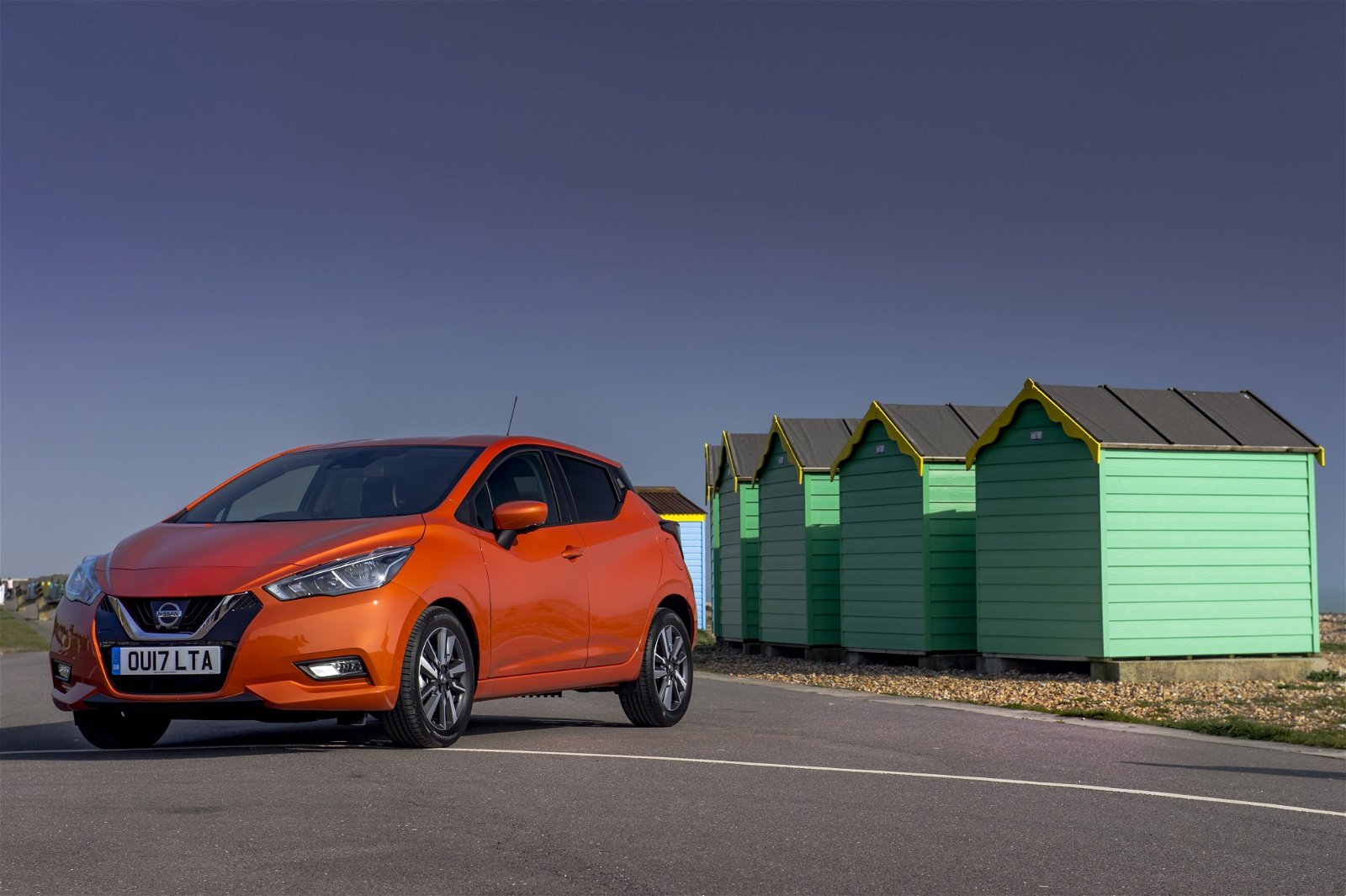
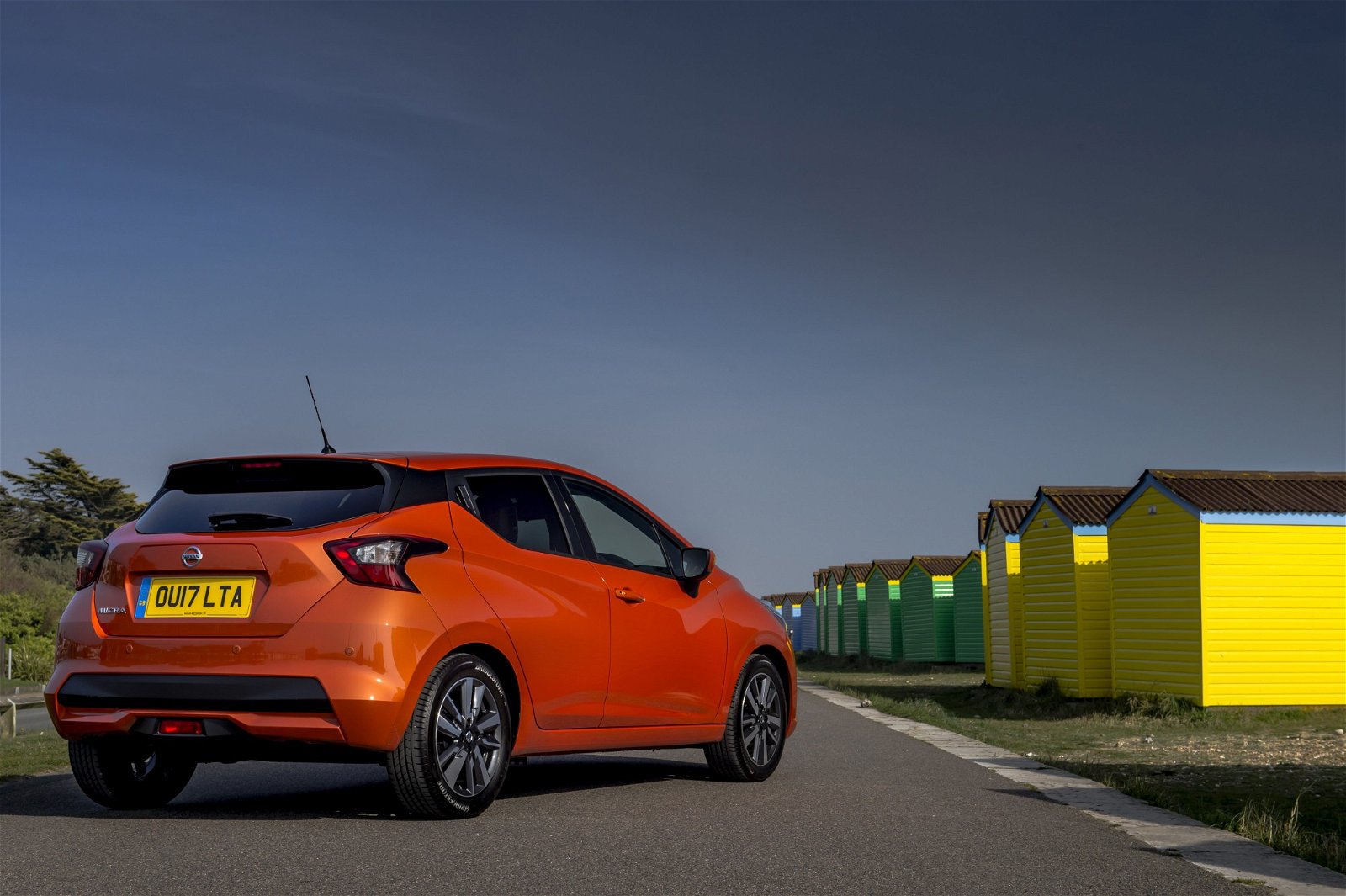
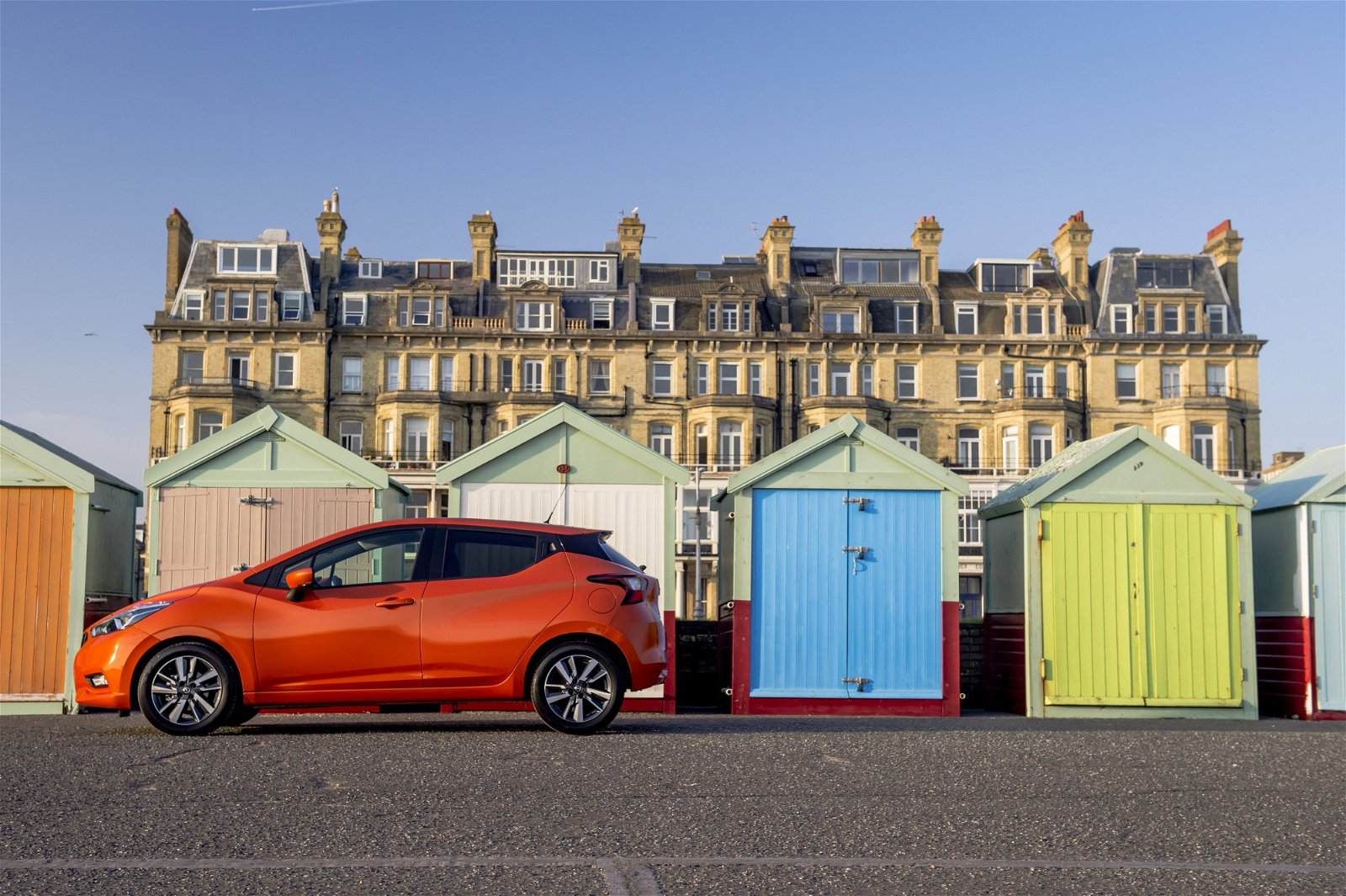
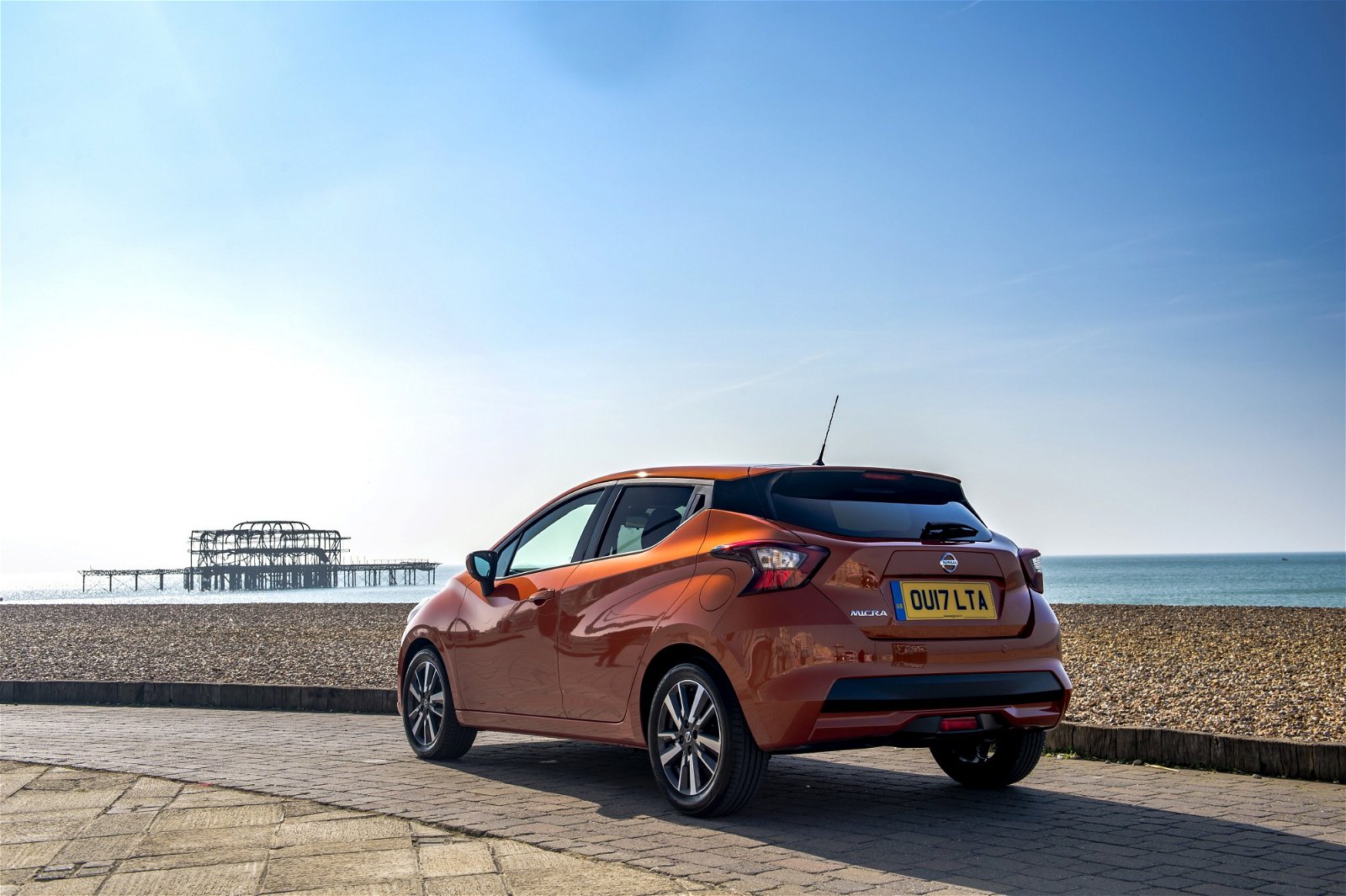
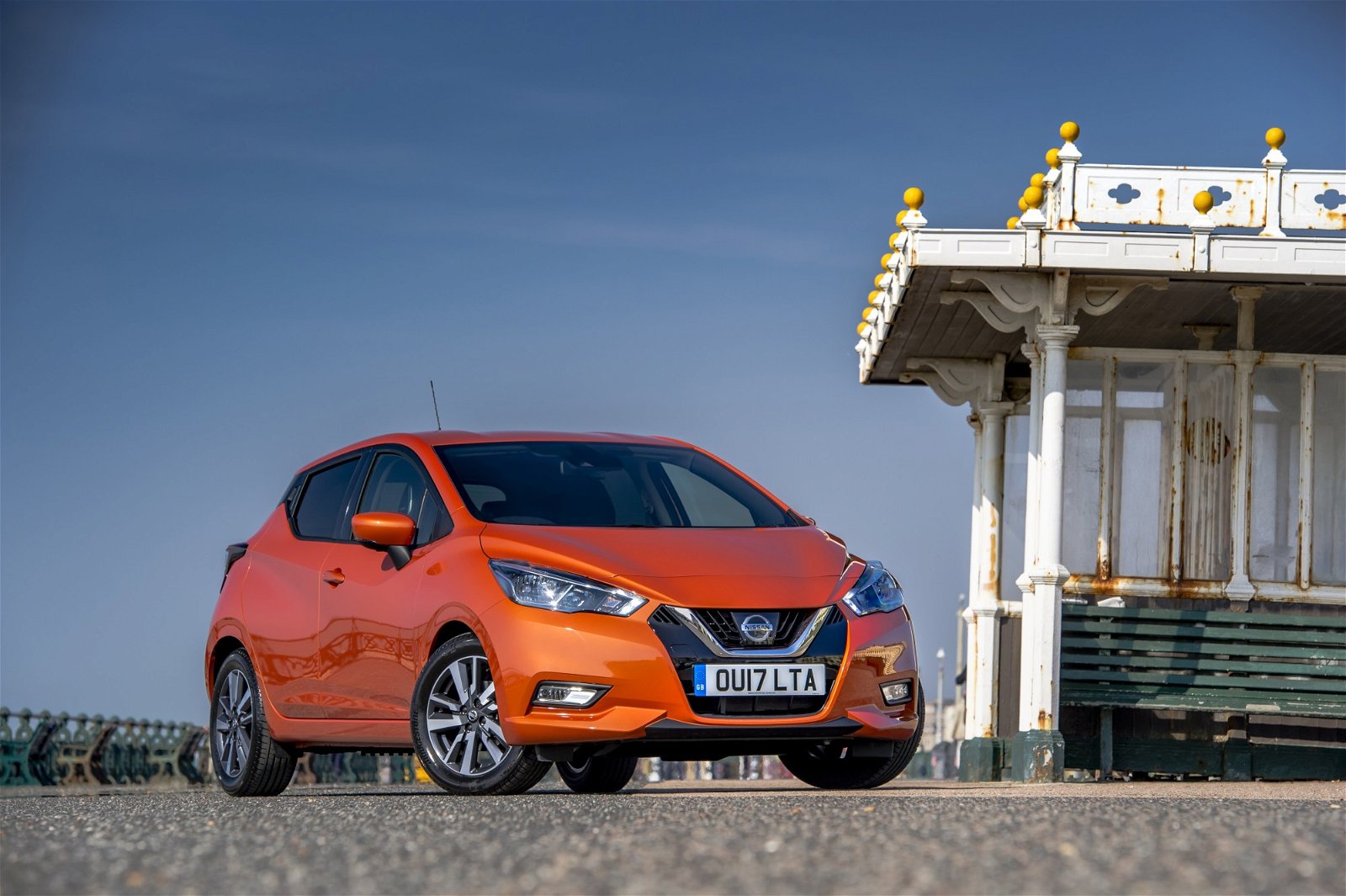

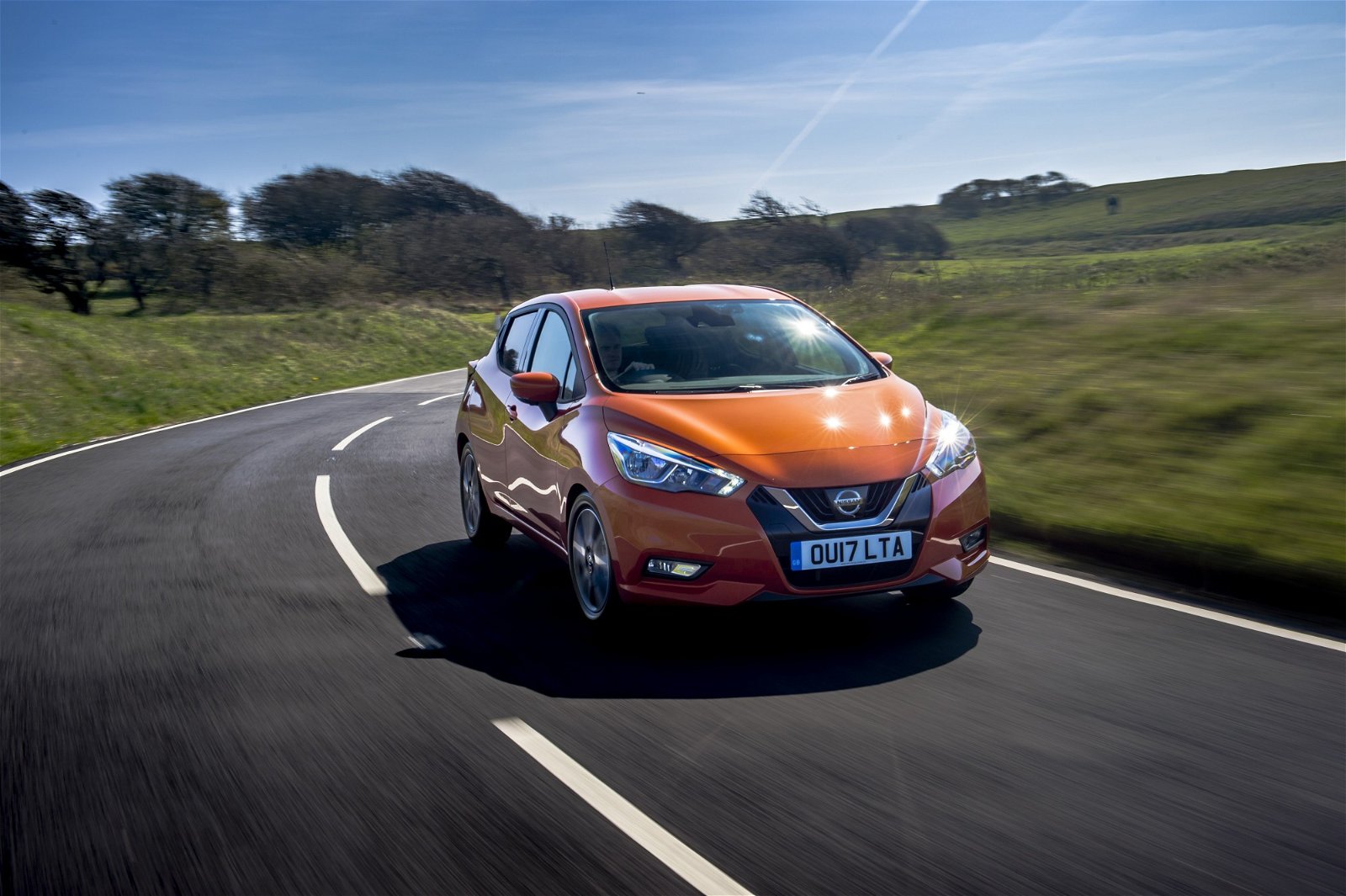
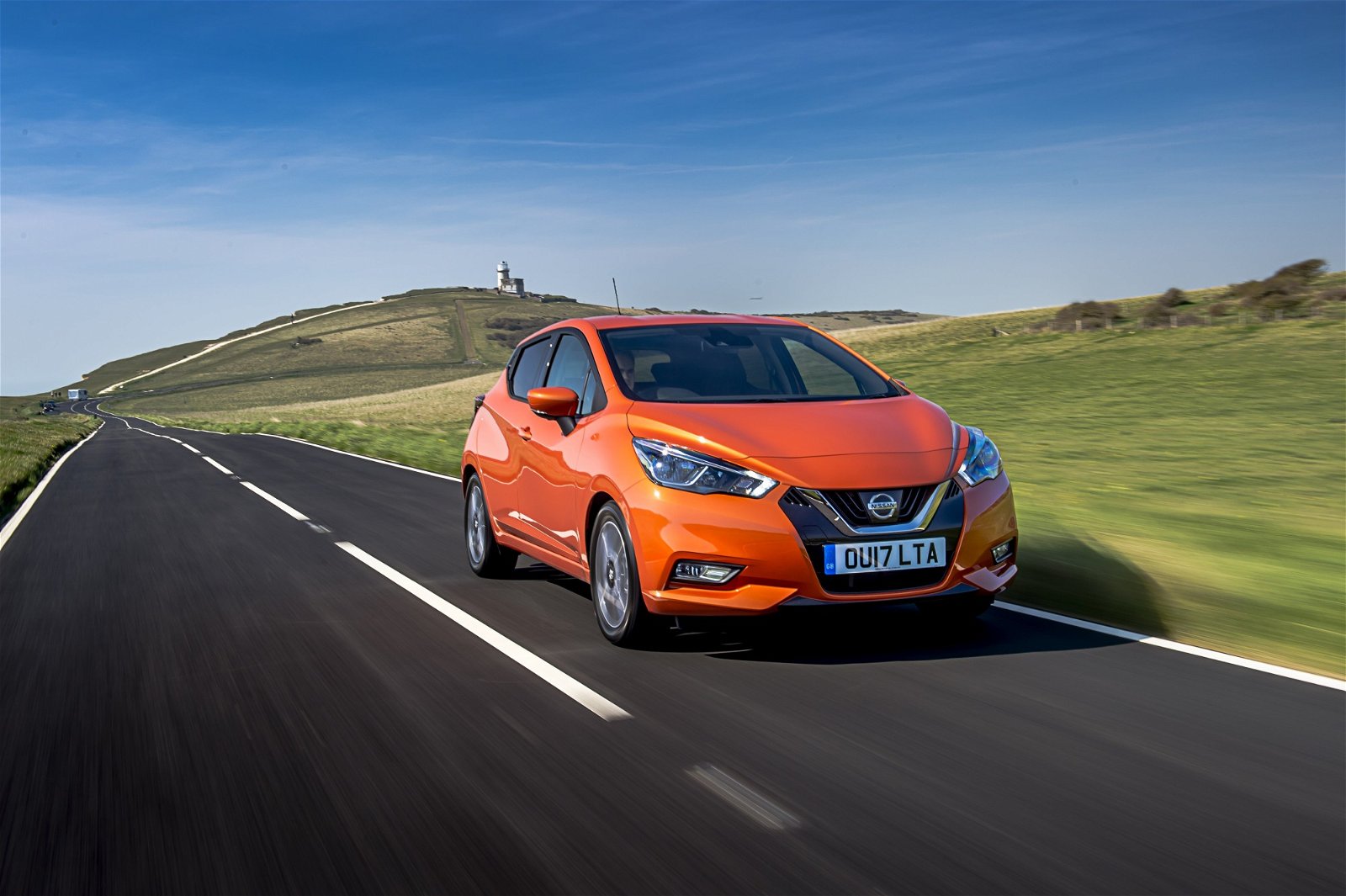
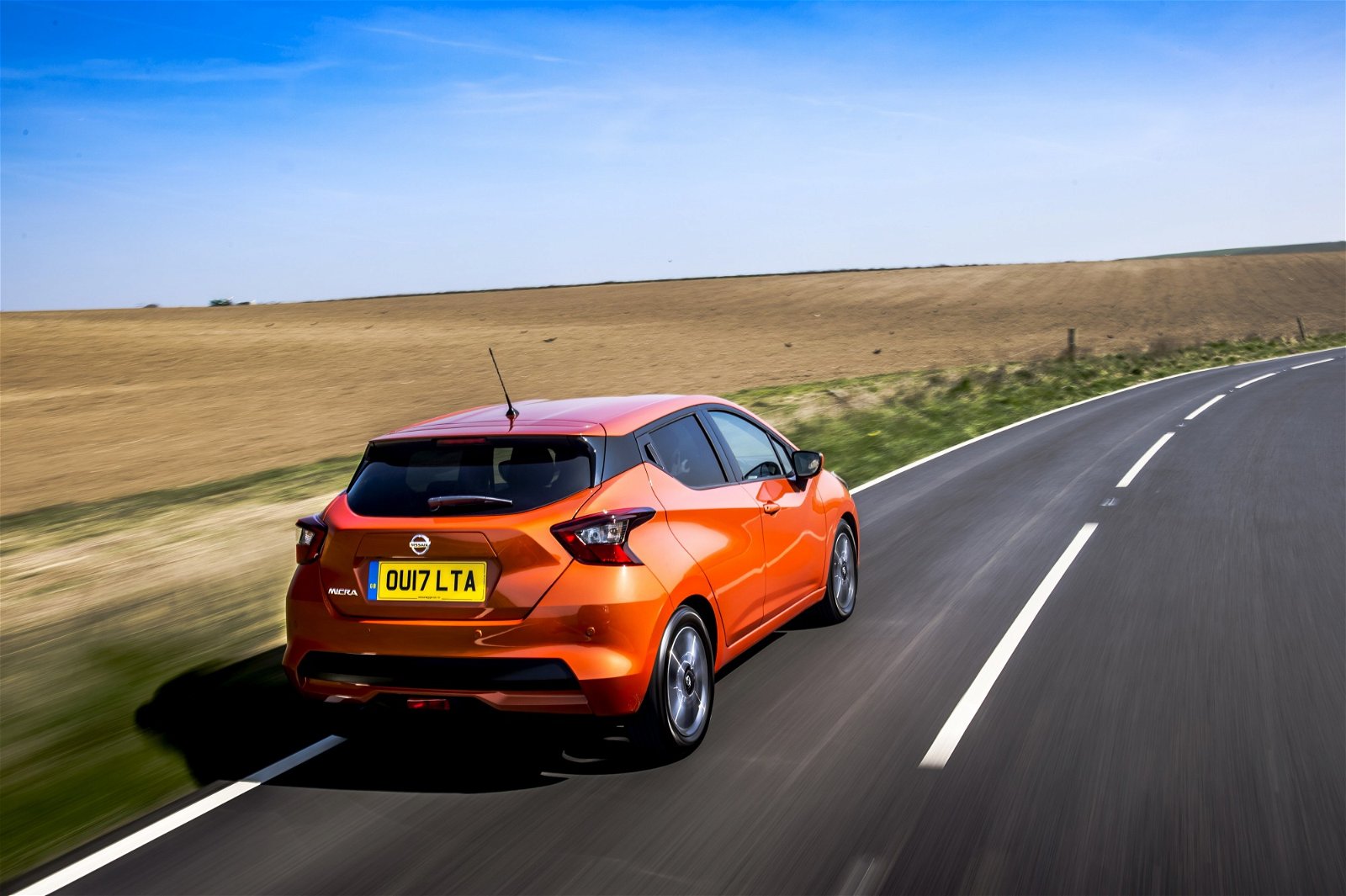
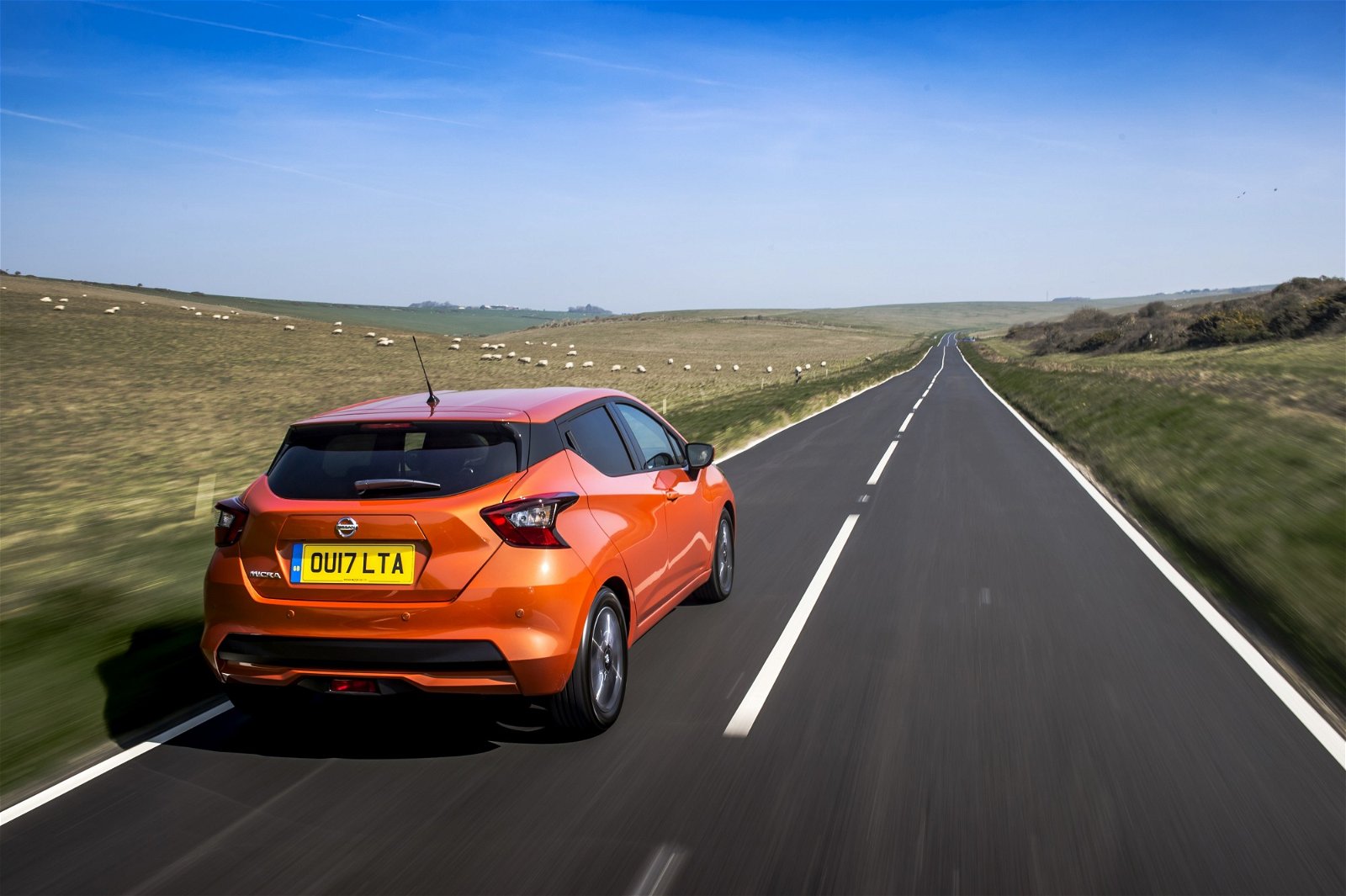
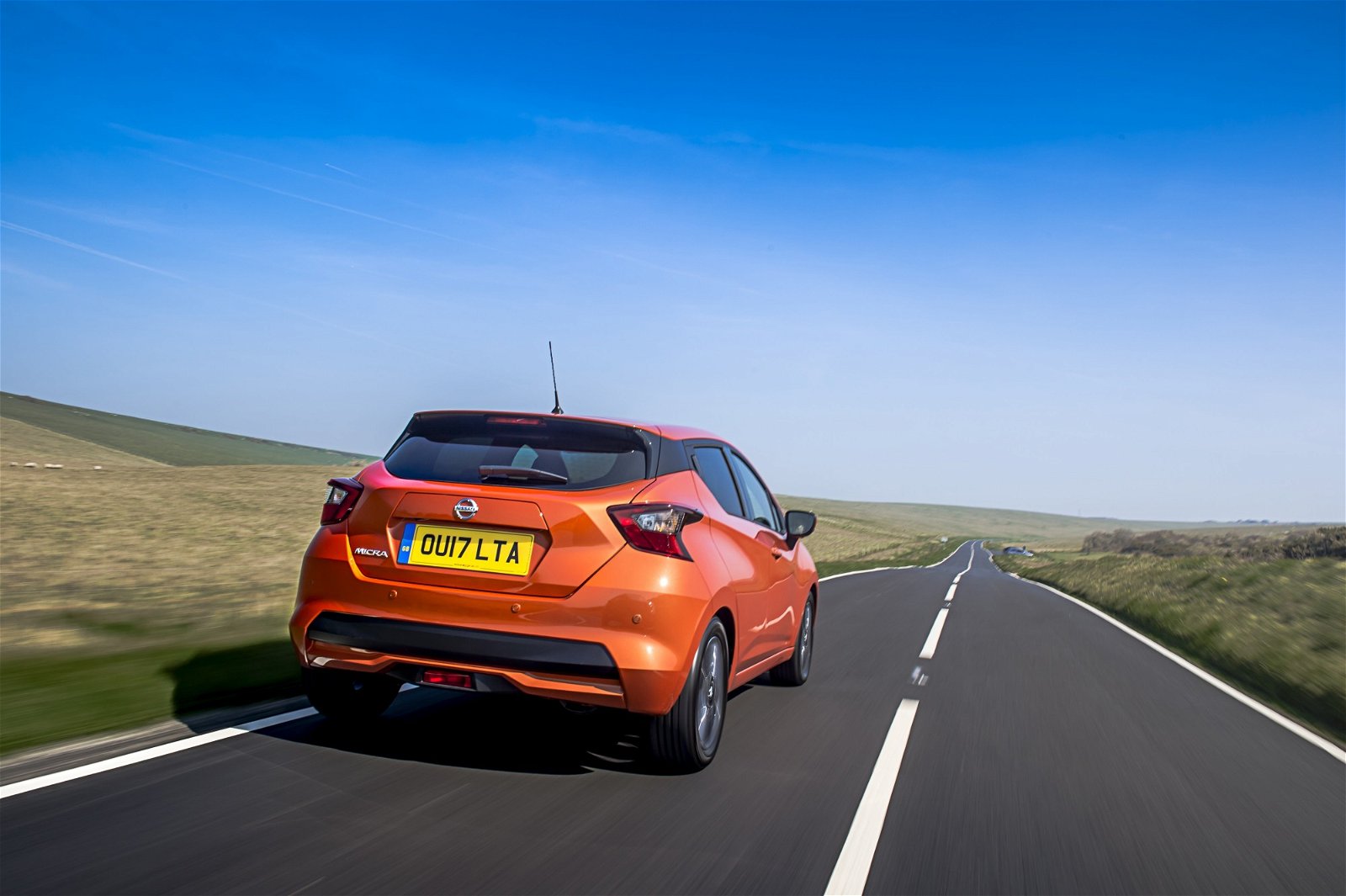
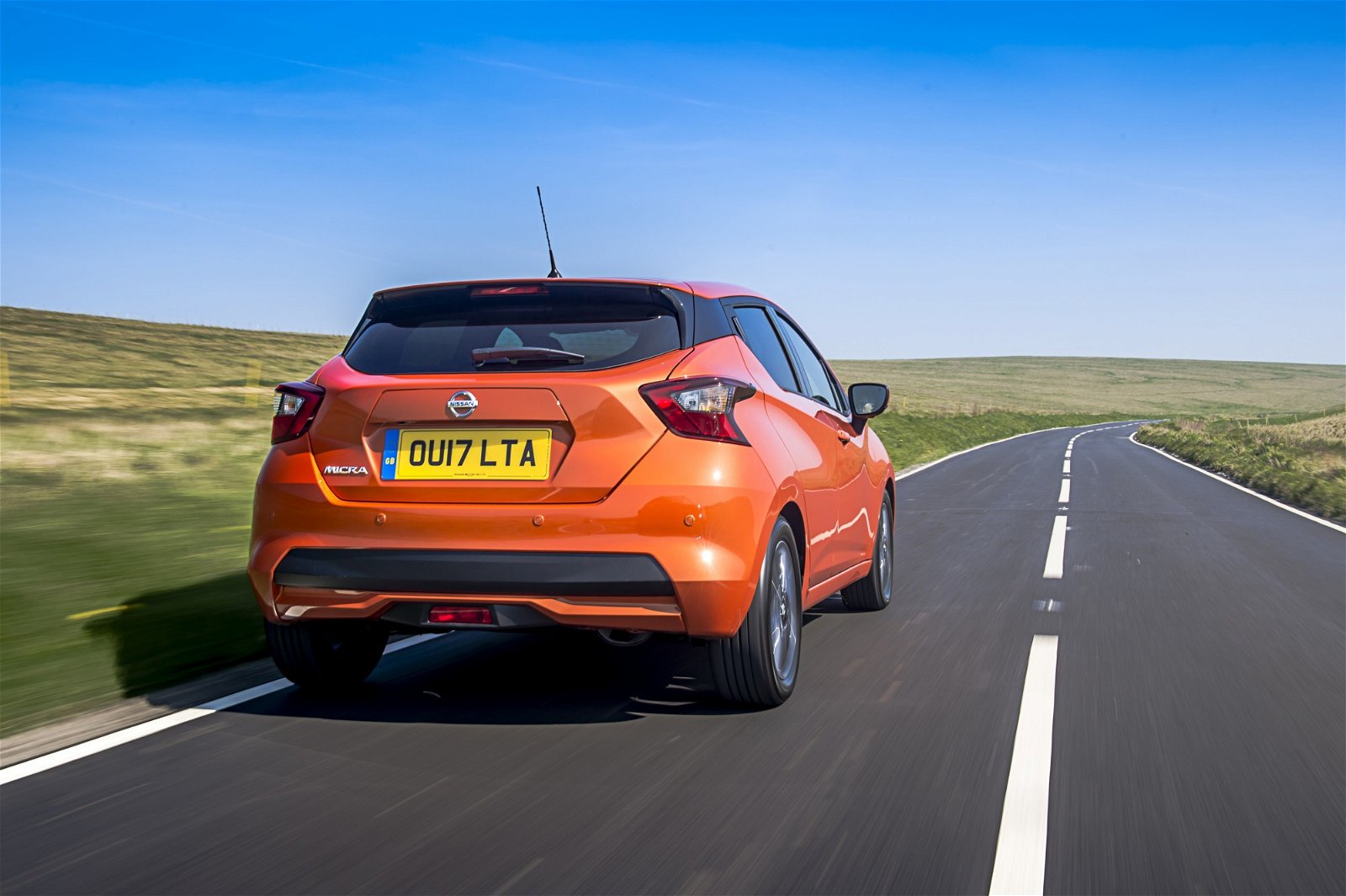
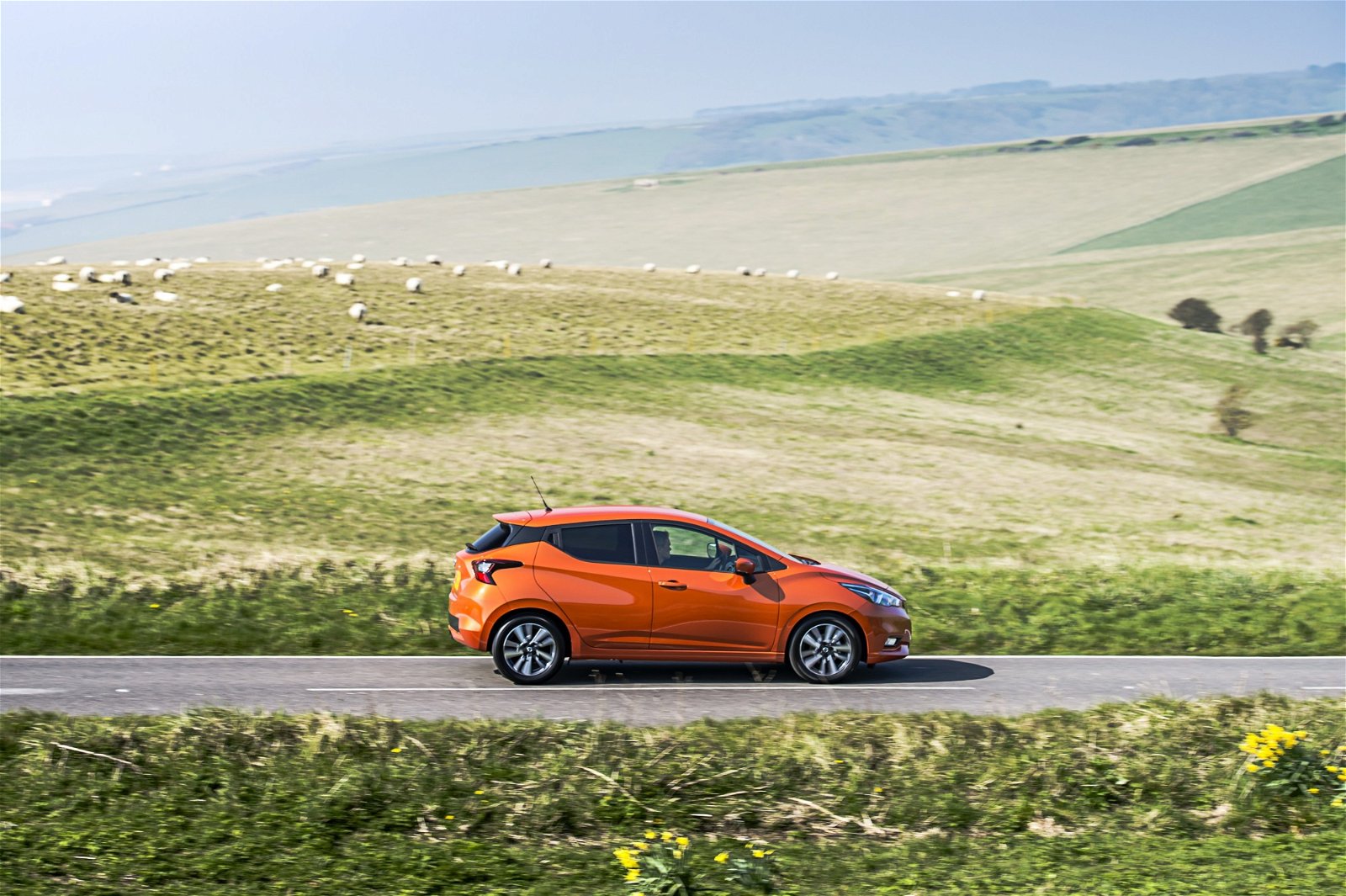



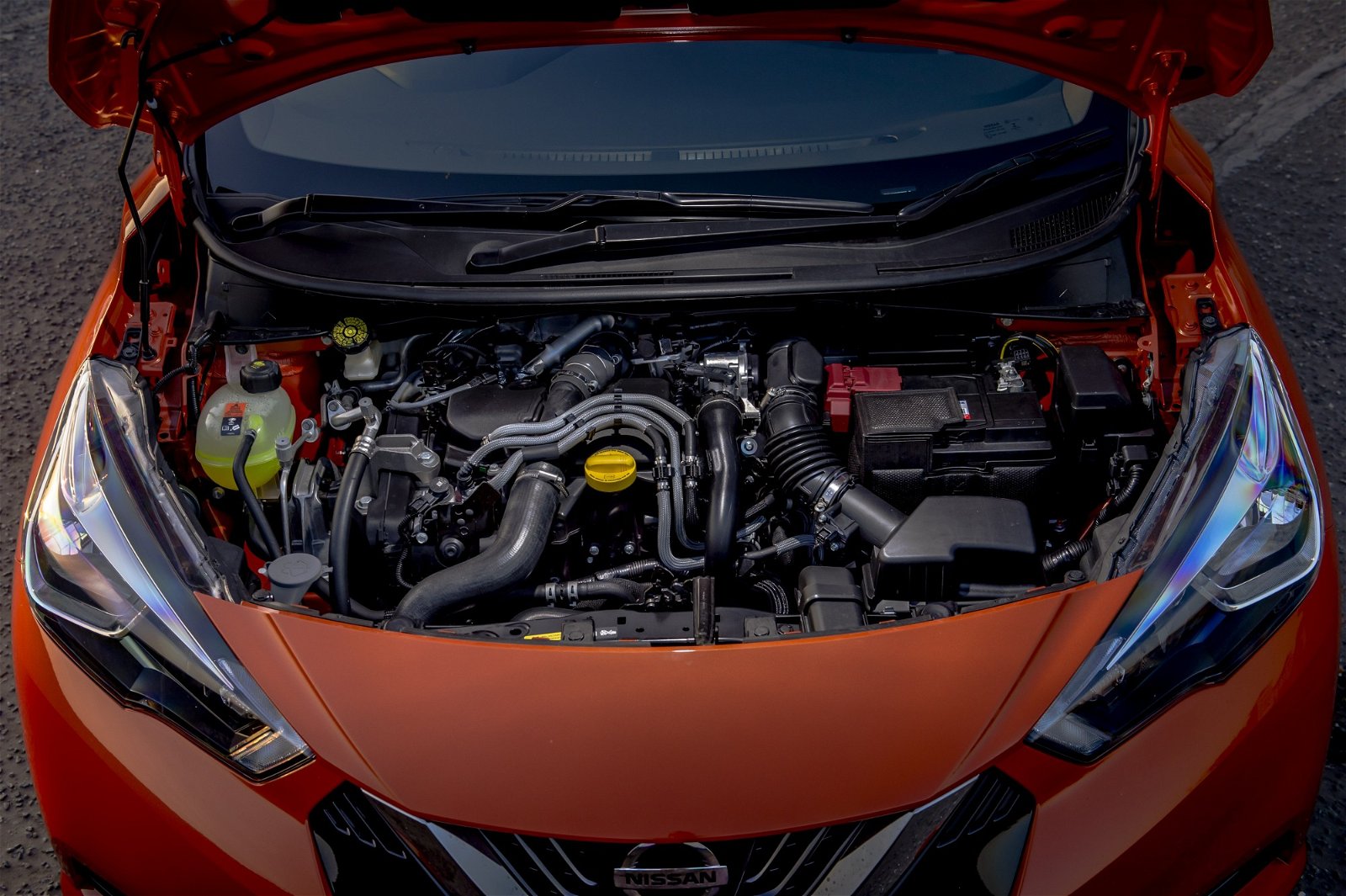
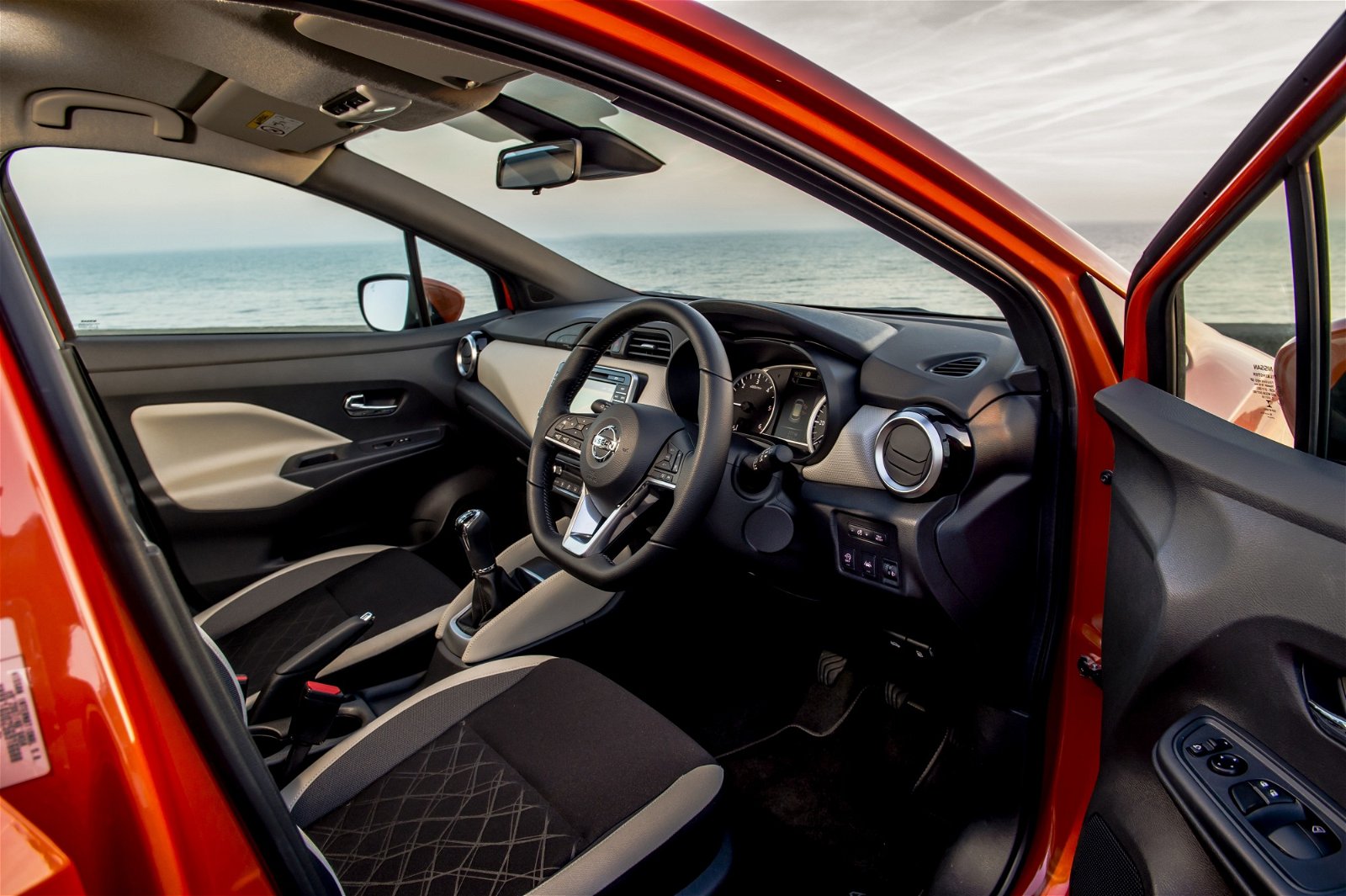

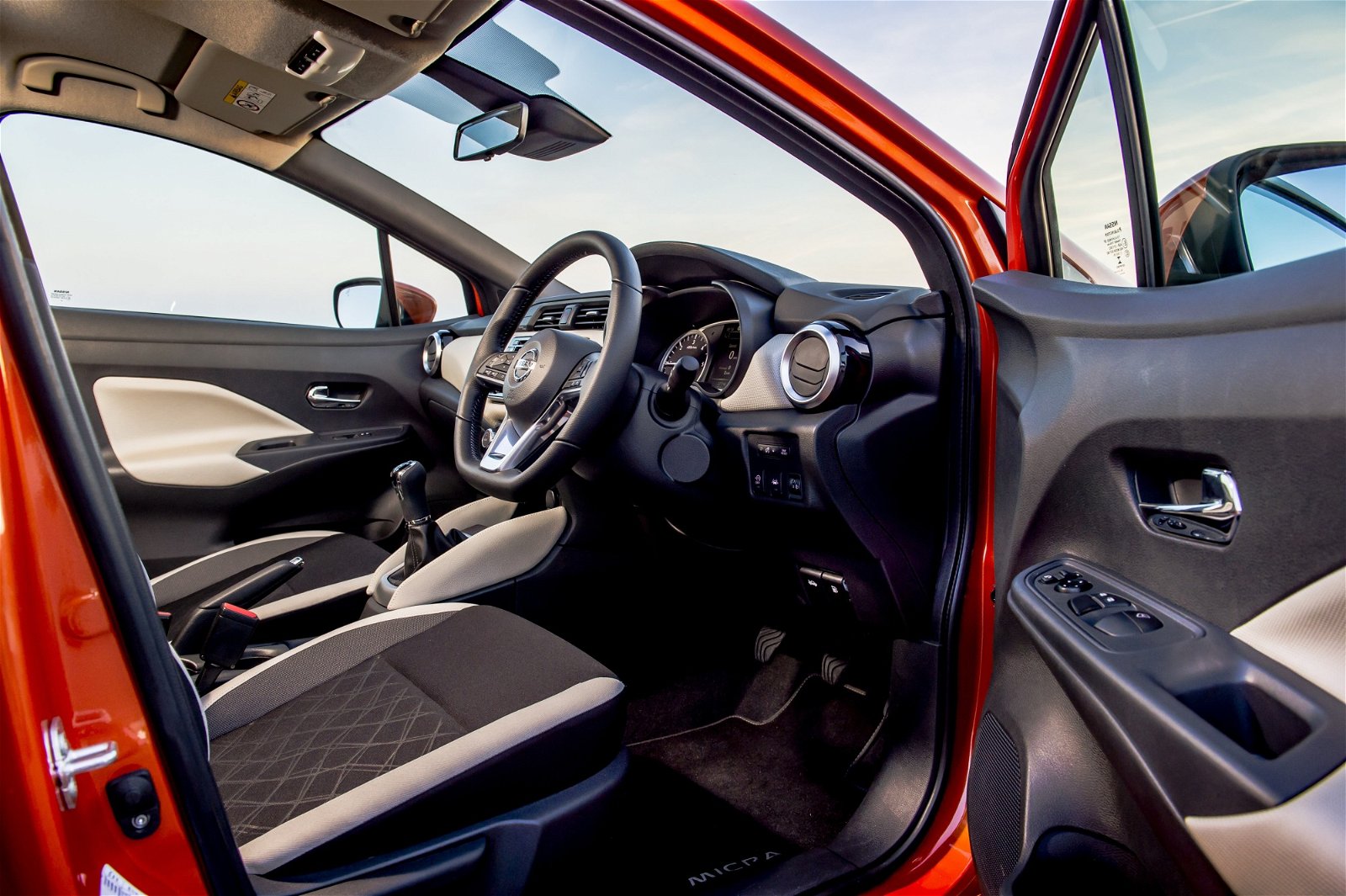
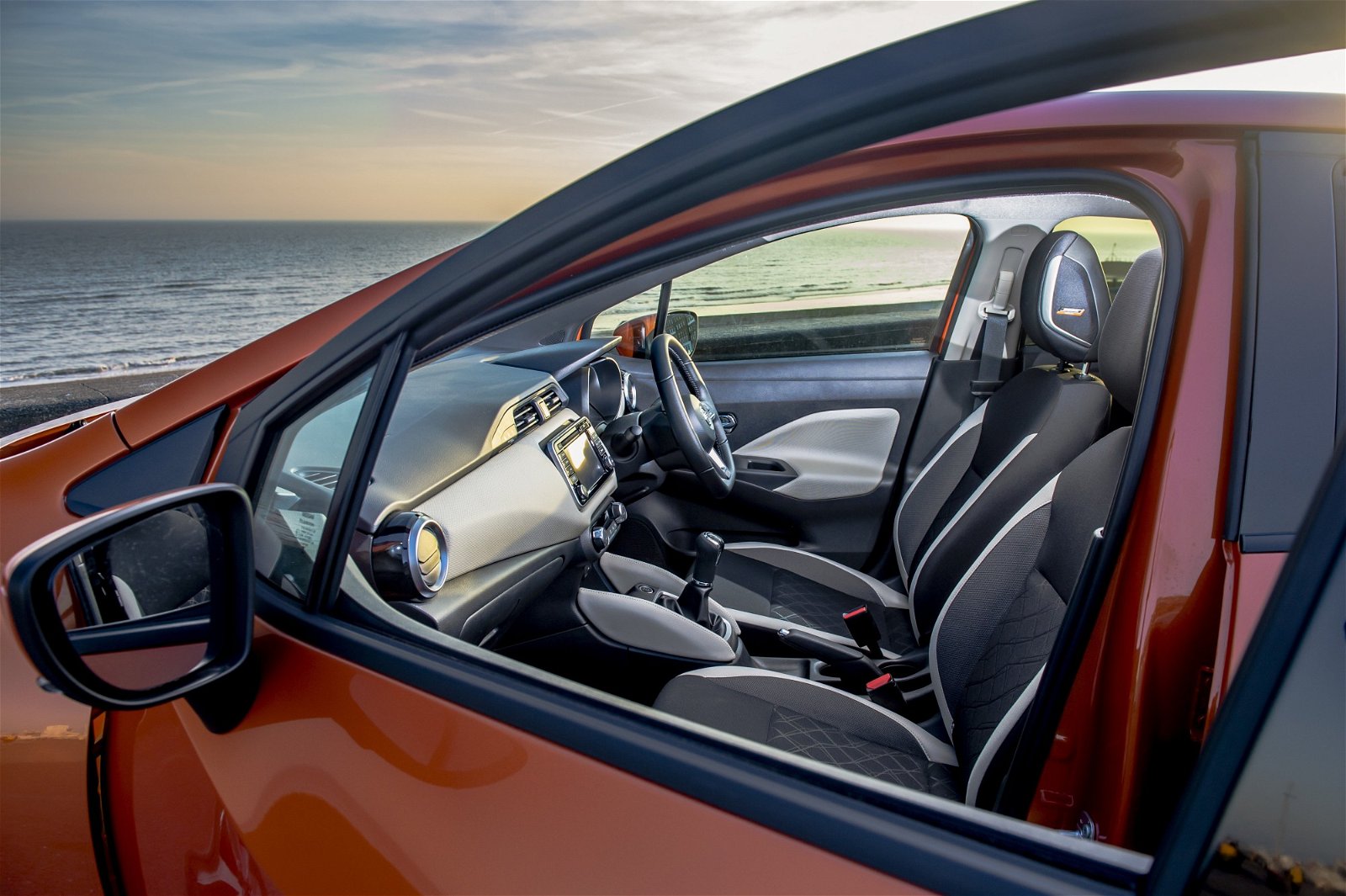
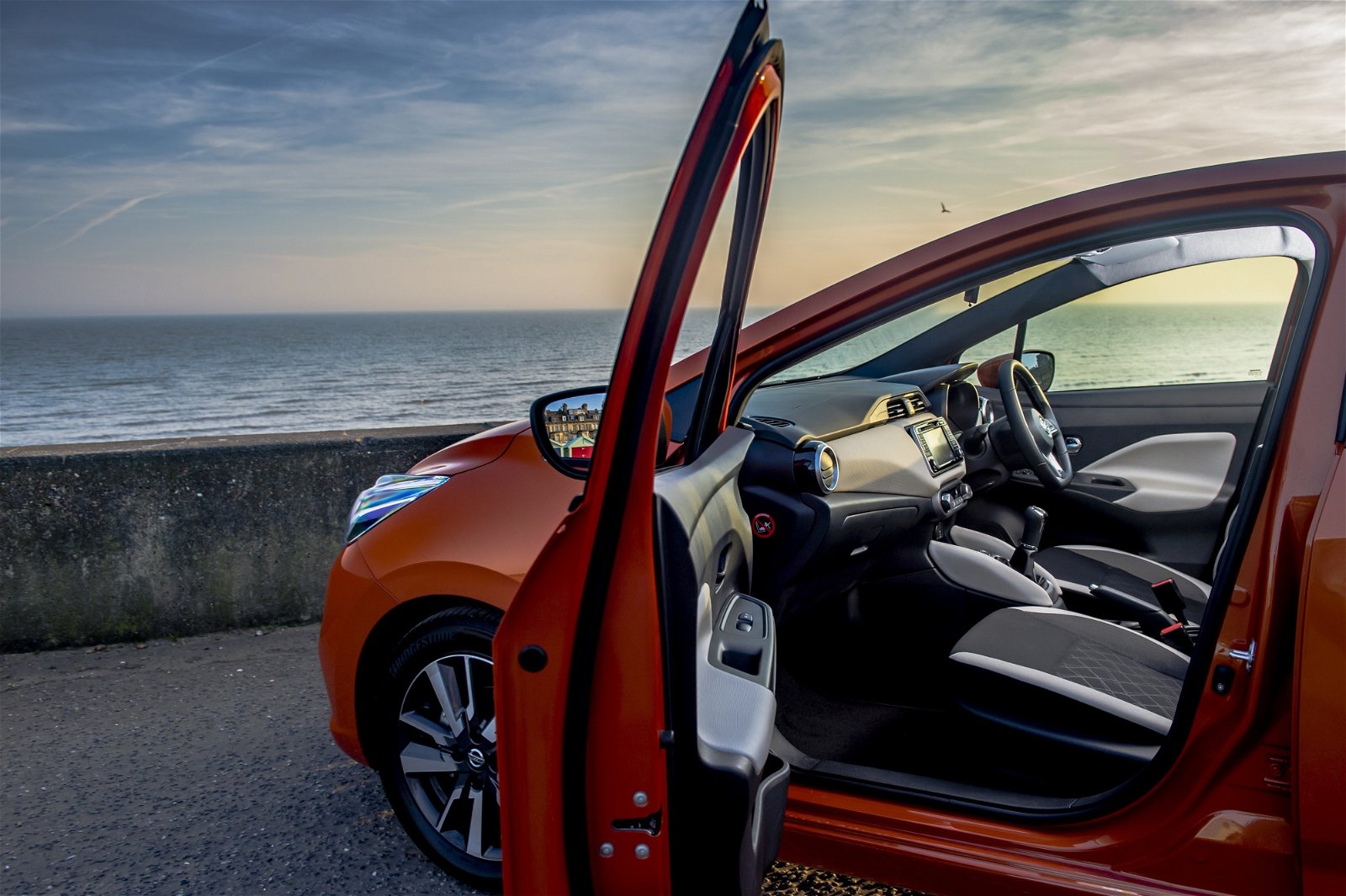
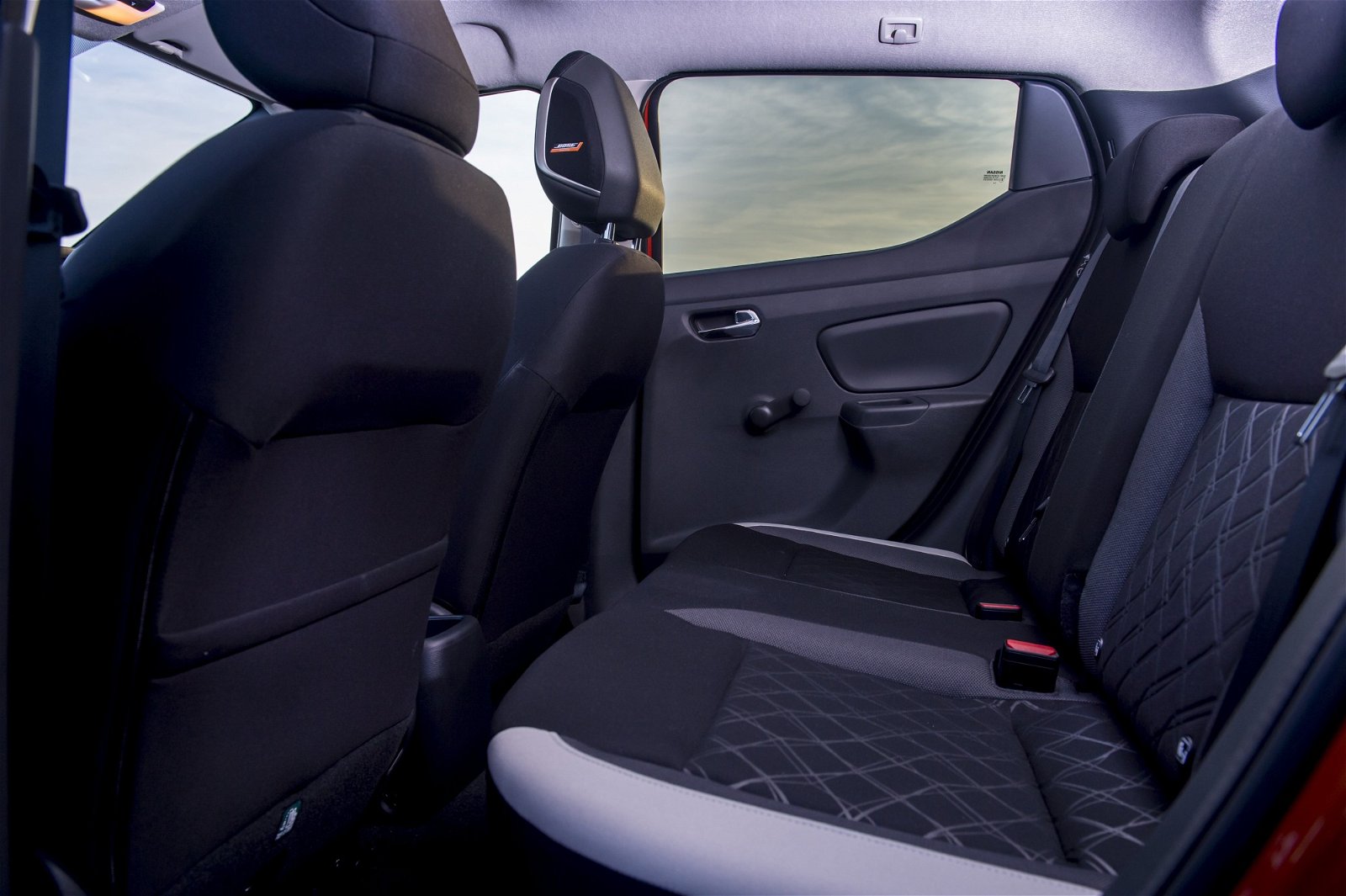
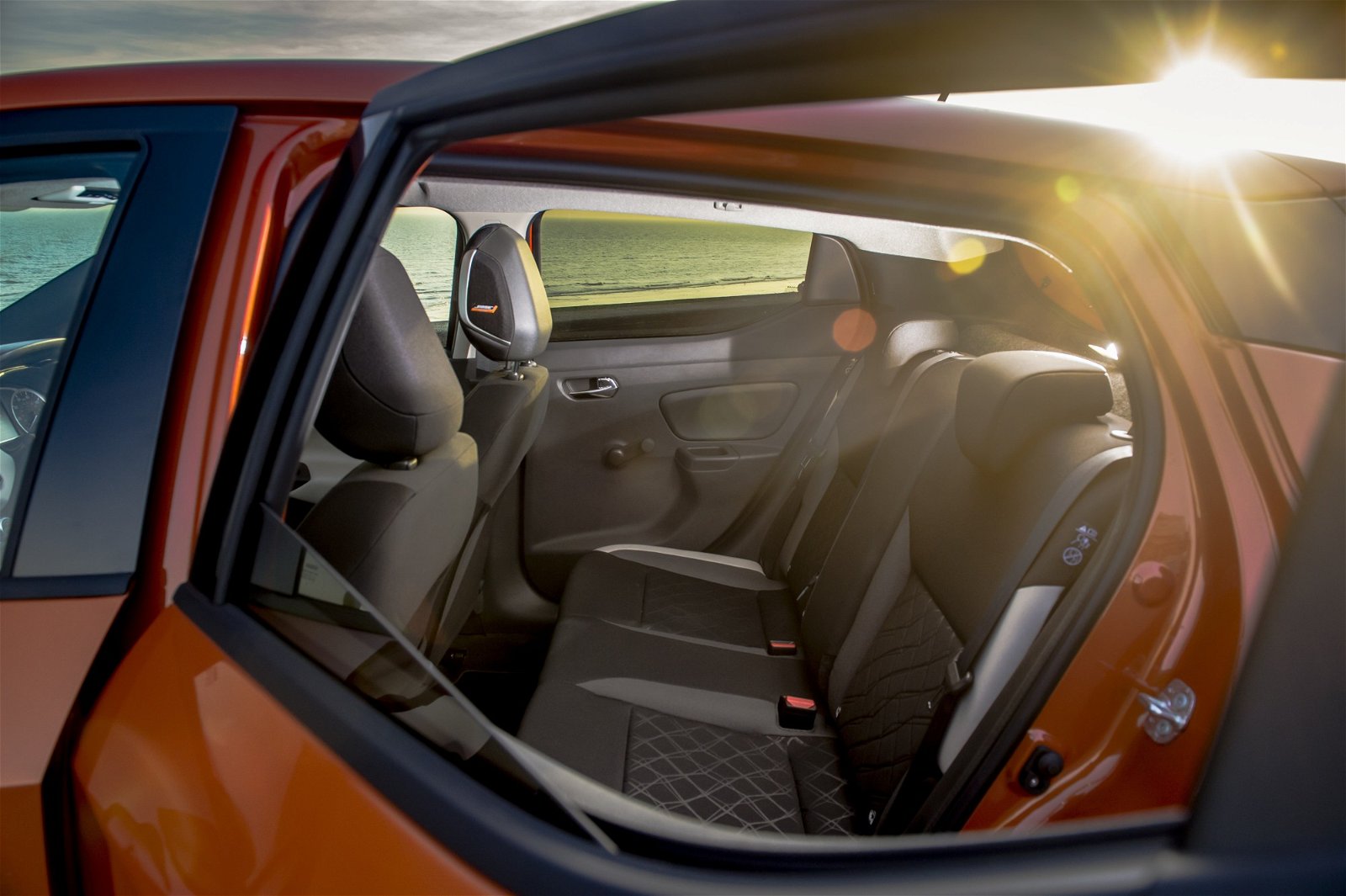
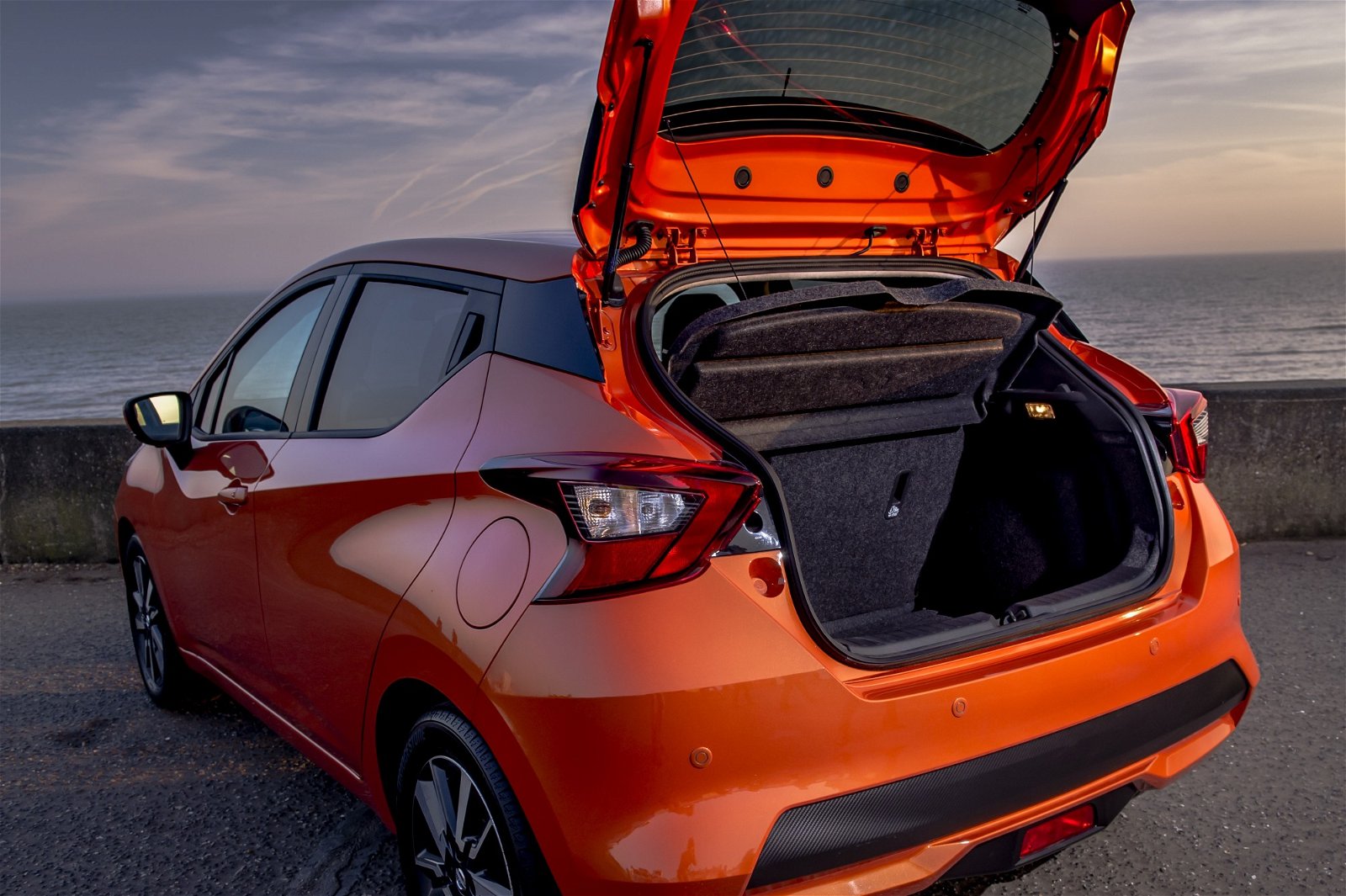

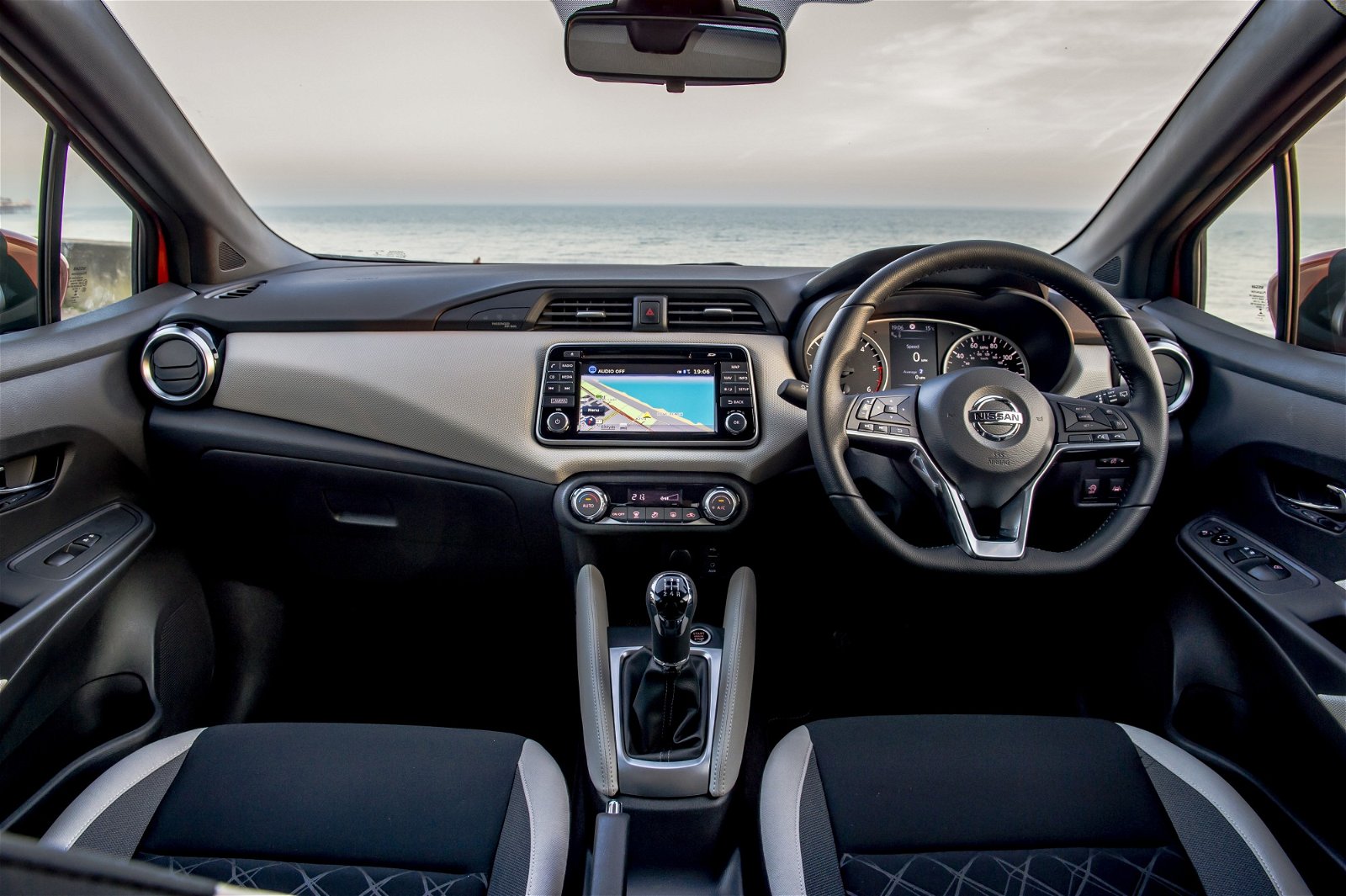

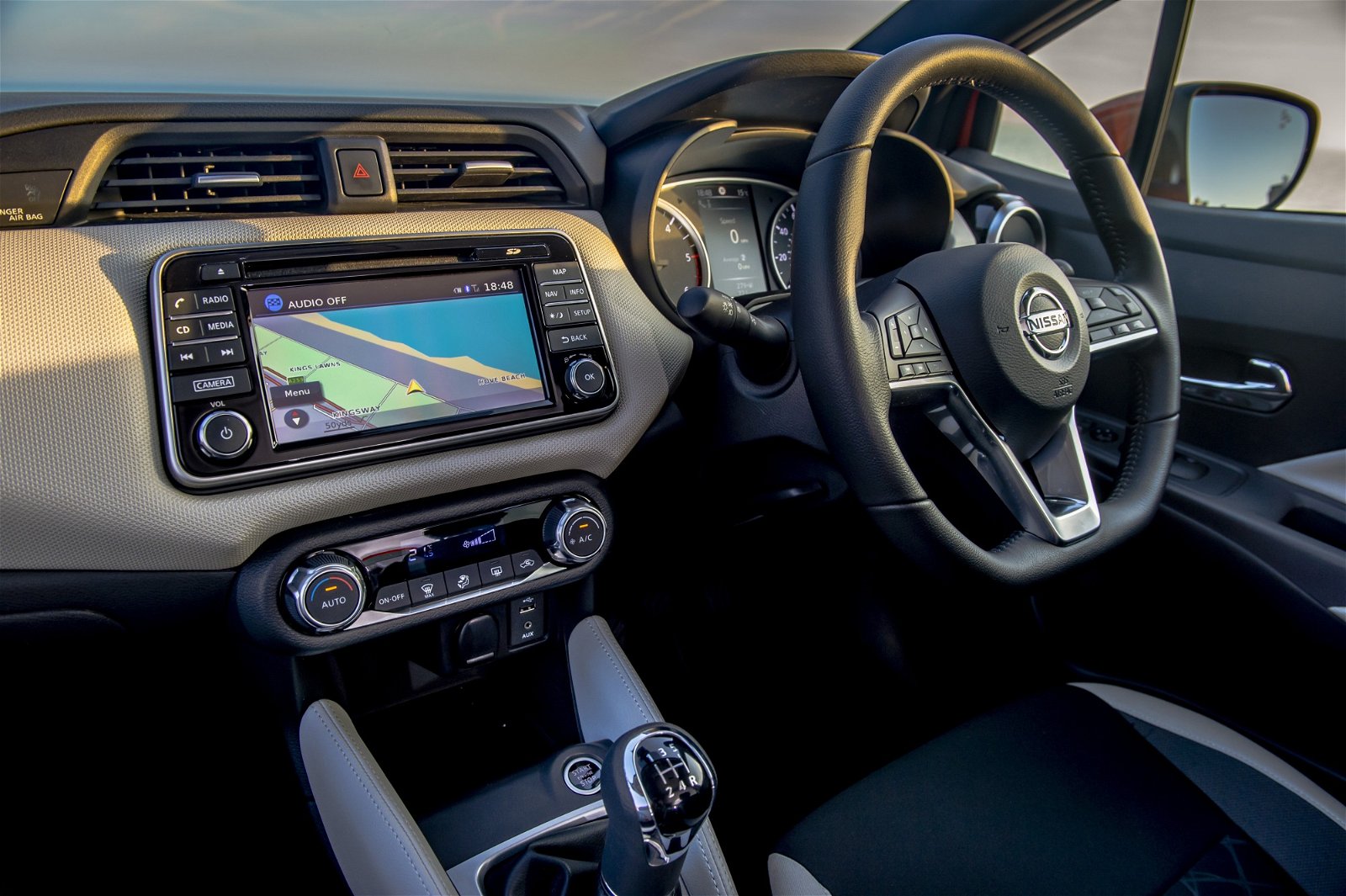
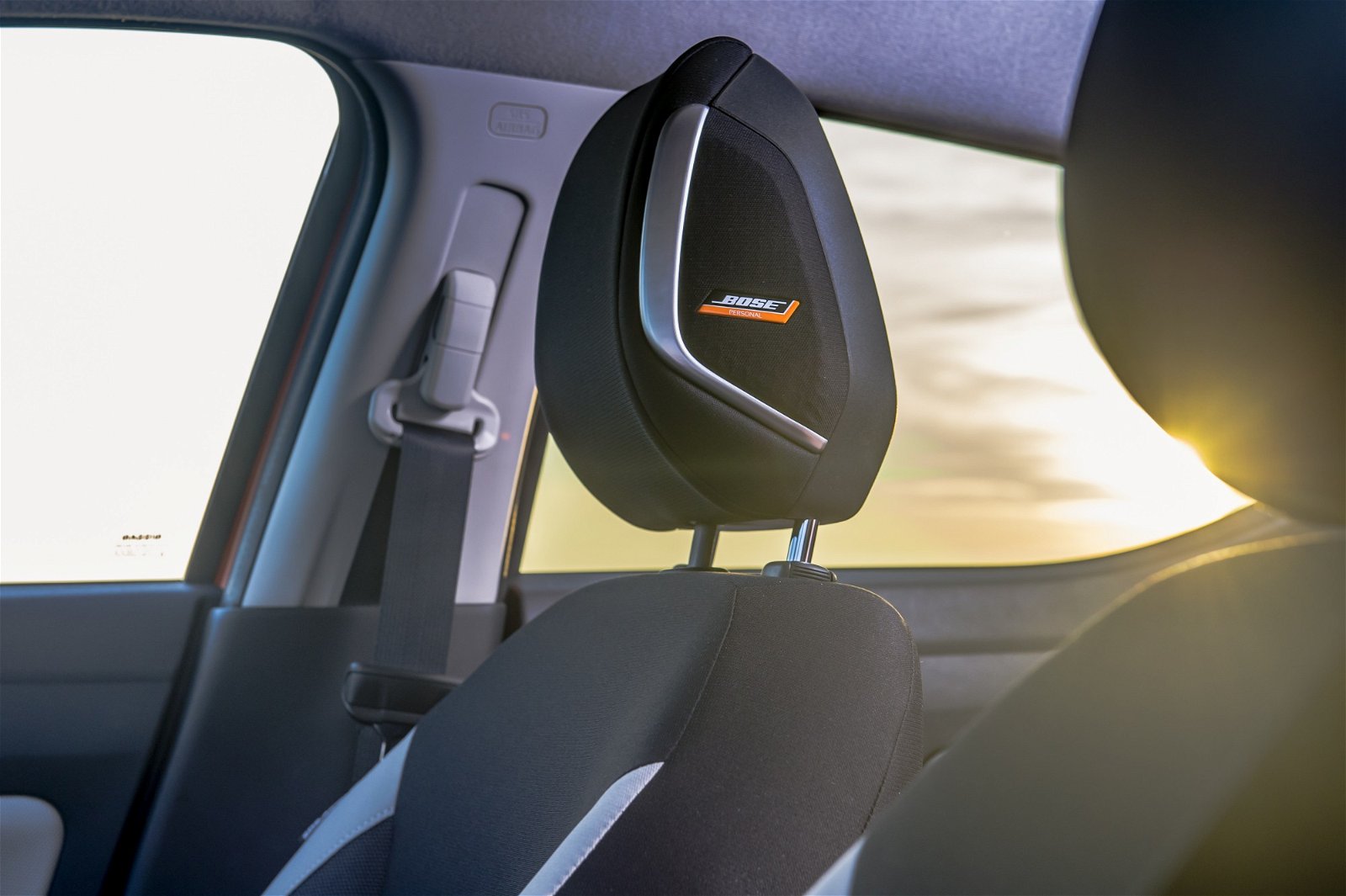
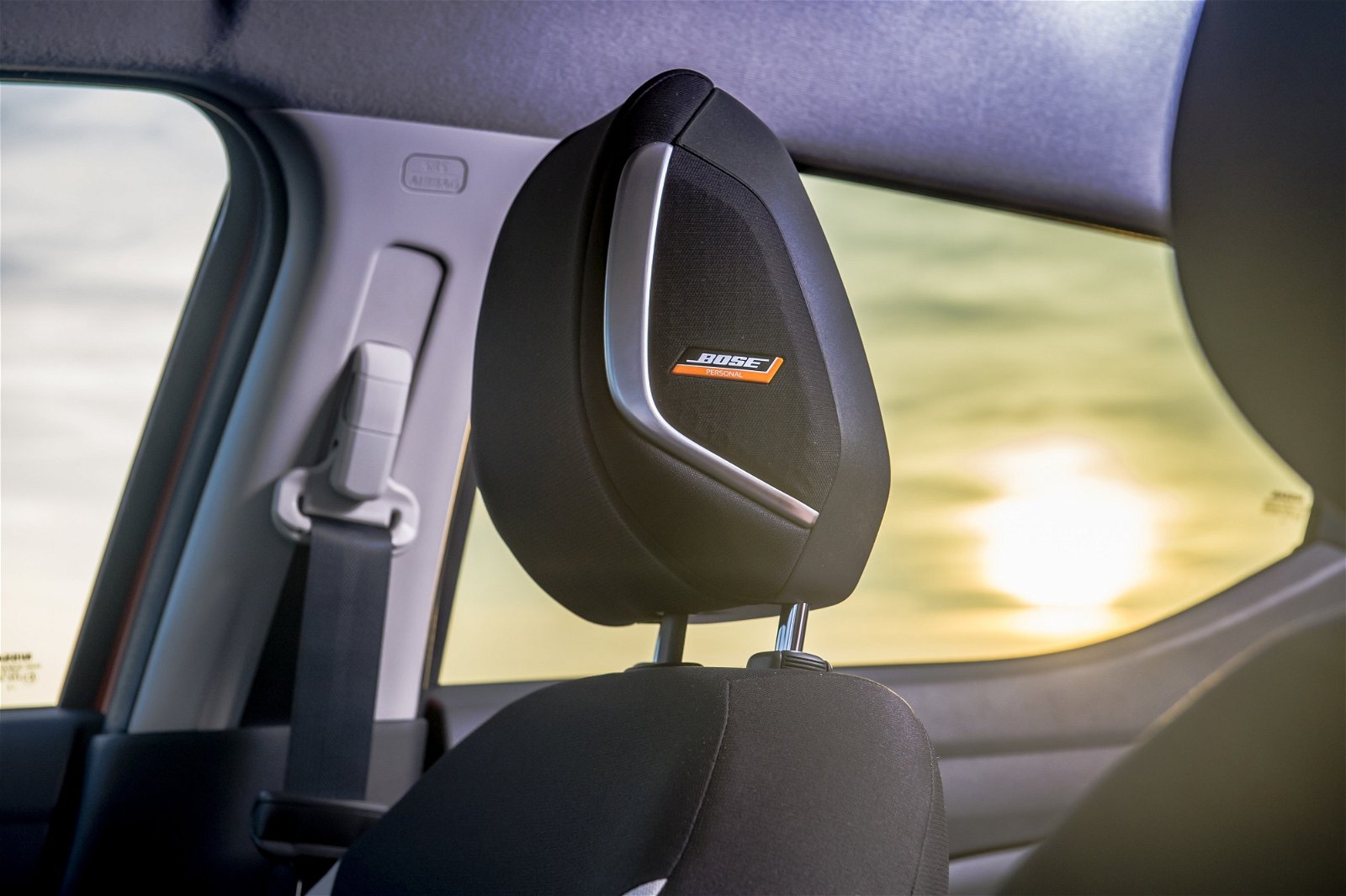
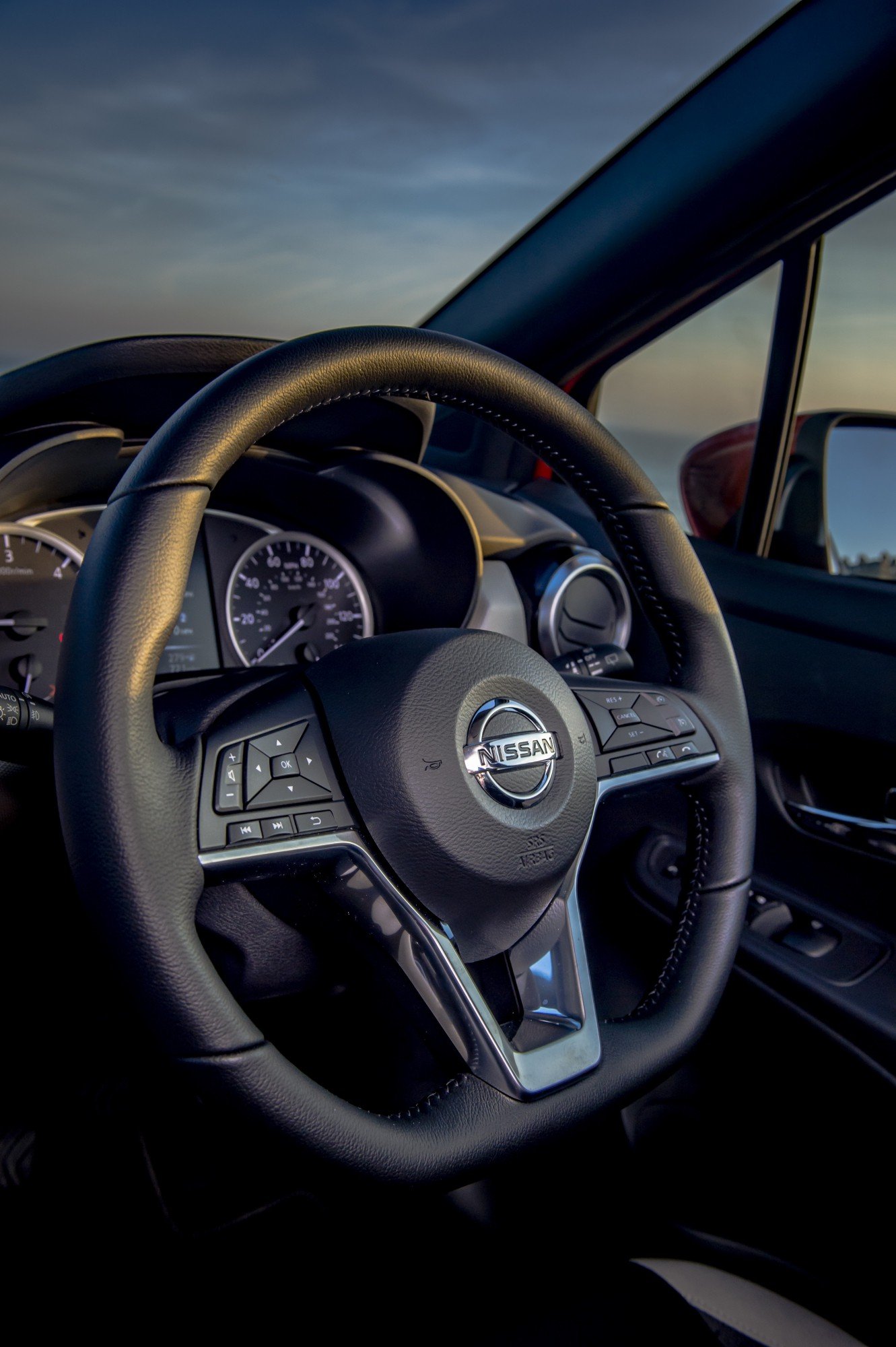
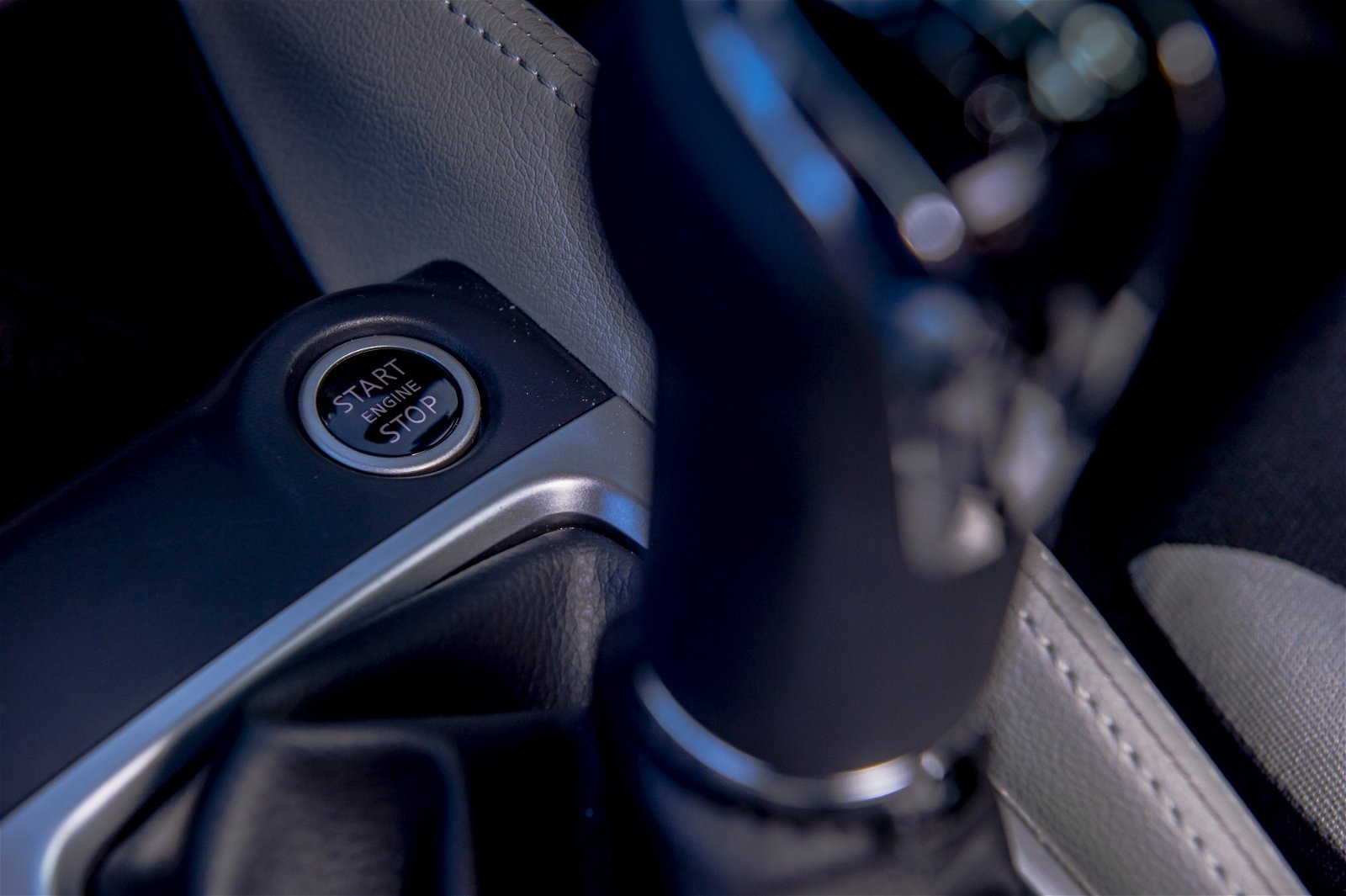
As it readies up for the market debut, the new Nissan Micra splits the range into five grades, three engines, a manual gearbox and if we are to take Nissan's word for it, high-quality materials in the cabin.
Proportioned at 3,999 mm in length, 1,743 mm in width and 1,455 mm in height, the fifth-generation Micra is wider, longer and less tall than the model it replaces. Every trim level offers LED daytime running lights and halogen headlights. Optionally, clients can go for the full LED treatment.

Inside, Nissan fitted the Micra with a multi-function steering wheel and two-tone soft-touch materials. Chrome inserts decorate the door handles and air vents. A seven-inch infotainment system derived into two versions – Nissan Connect and Display Audio – rounds up the package.

Boot space stands at 300 liters but can be extended to 1,004 liters by folding down the 60:40 split rear seat. A ten-liter glovebox, two cupholders in the front and one in the back complete the practicality setup in the cabin.

Moreover, Nissan claims they used space so efficiently that a driver who is 2.03 meters (6 ft 8 in) tall can comfortably fit behind the wheel.
Engines and safety
Two petrol units and a diesel mill make up the engine range for the new Micra.

In the petrol camp, the 0.9-liter turbocharged powerplant delivers 90 hp (66 kW) and 140 Nm of torque, while the naturally-aspirated 1.0-liter engine puts out 71 hp (52 kW) and 95 Nm of torque.
The range-topping diesel variant delivers 90 hp – just like the 0.9-liter engine – but ups the ante in terms of torque with 220 Nm of twist.
Every engine is mated with a five-speed manual gearbox. On the safety front, you should know that every Micra possesses six airbags, ESP, ABS and hill start assist.

The range comprises five trim levels, namely Visia, Visia+, Acenta, N-Connecta and Tekna.

Last but not least, Nissan fitted the Micra supermini with a broad suite of active and passive safety systems, including lane keep assist, intelligent emergency braking with pedestrian recognition, traffic sign recognition and high beam assist.
